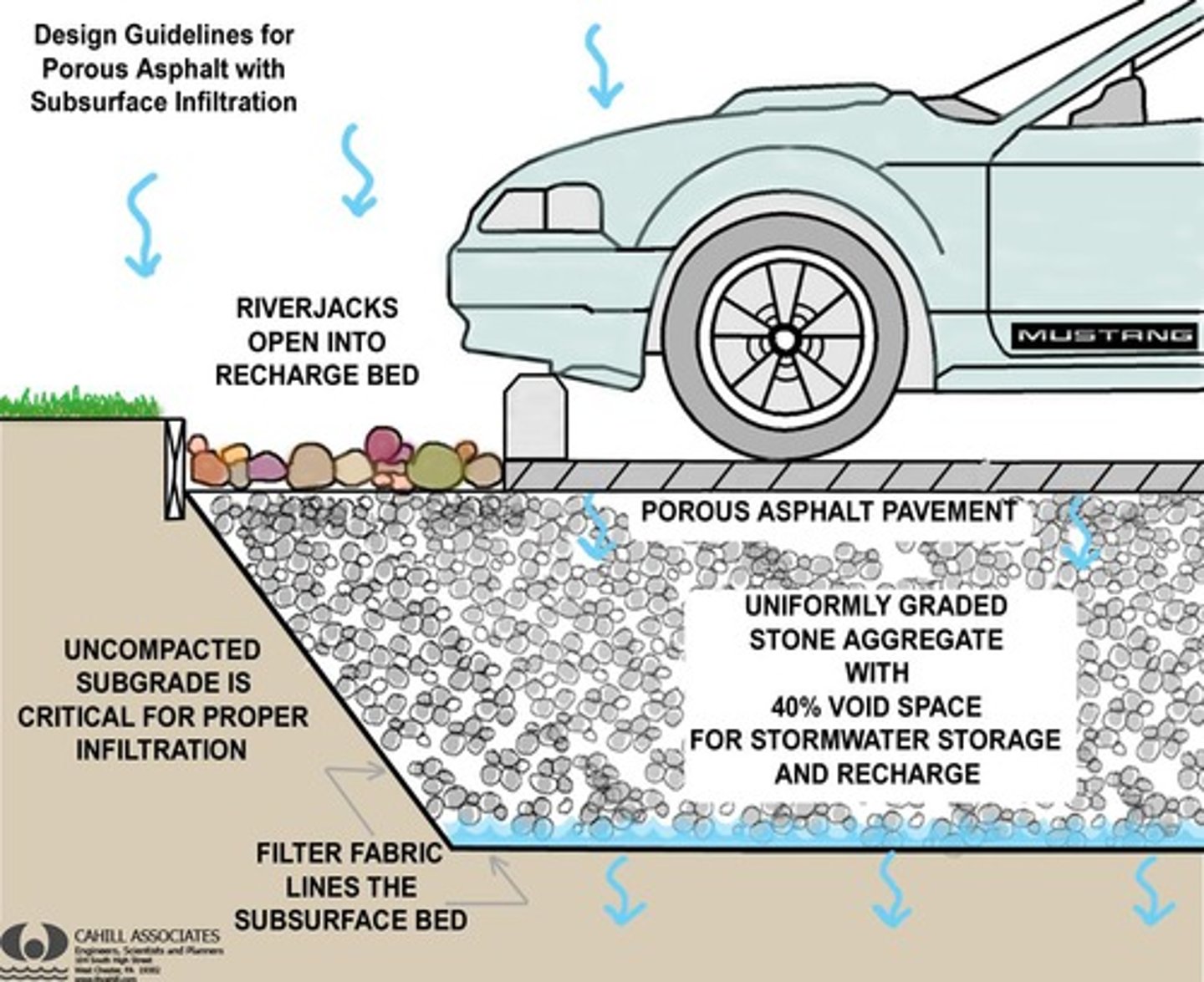Unit 5 APES Land & Water Use
1/69
There's no tags or description
Looks like no tags are added yet.
Name | Mastery | Learn | Test | Matching | Spaced |
|---|
No study sessions yet.
70 Terms
Tragedy of the Commons
The tendency of a shared limited resources to become depleted
Externality
A cost or benefit of a good or service that is not included in the purchase price
Maximum sustainable yield
The maximum amount harvestable that does not Compromise the future
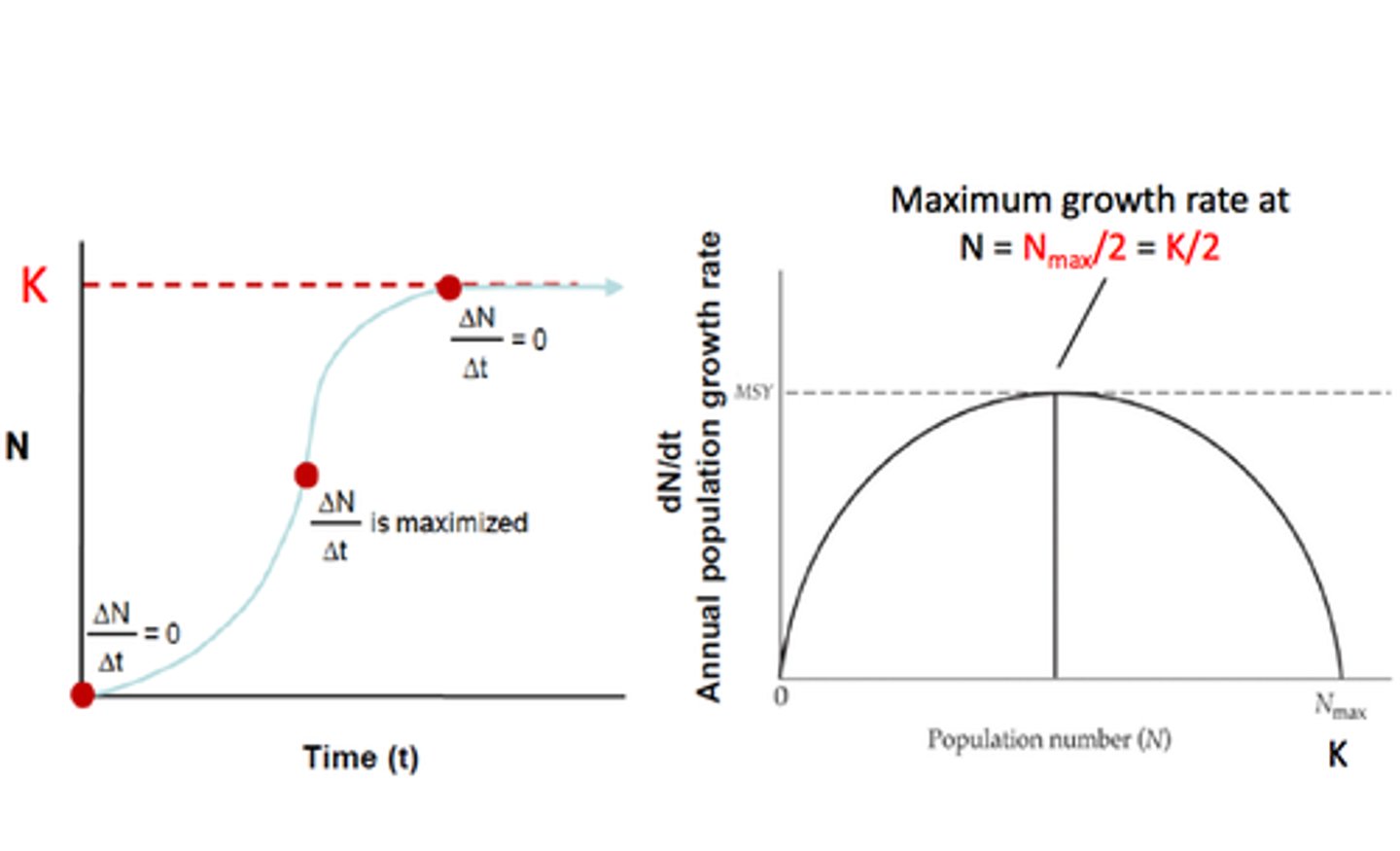
Resource conservation ethic
People should maximize resource use based on the greatest good
Multiple use lands
May be used a for recreation, grazing, etc.
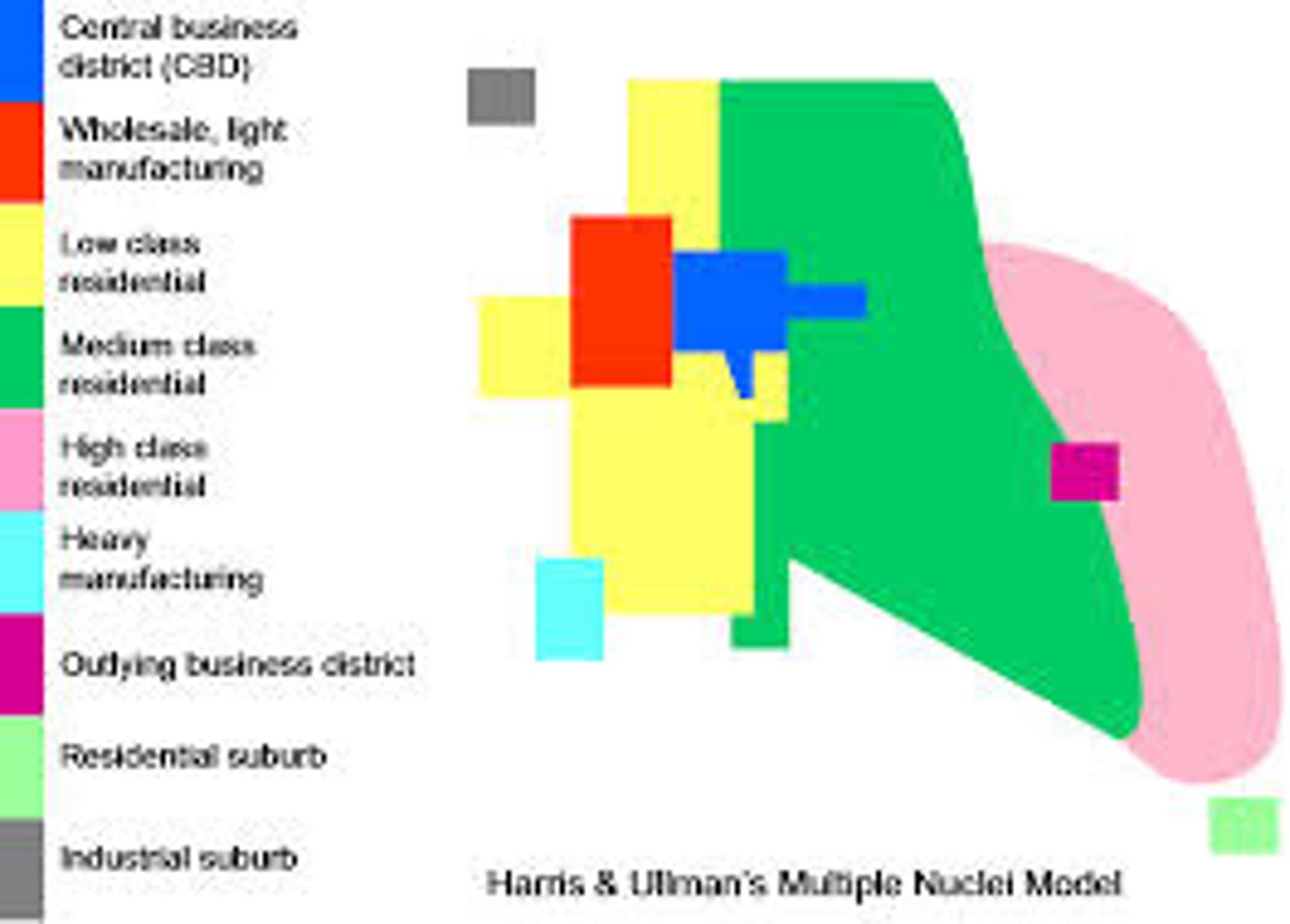
Rangelands
Dry, Open grasslands
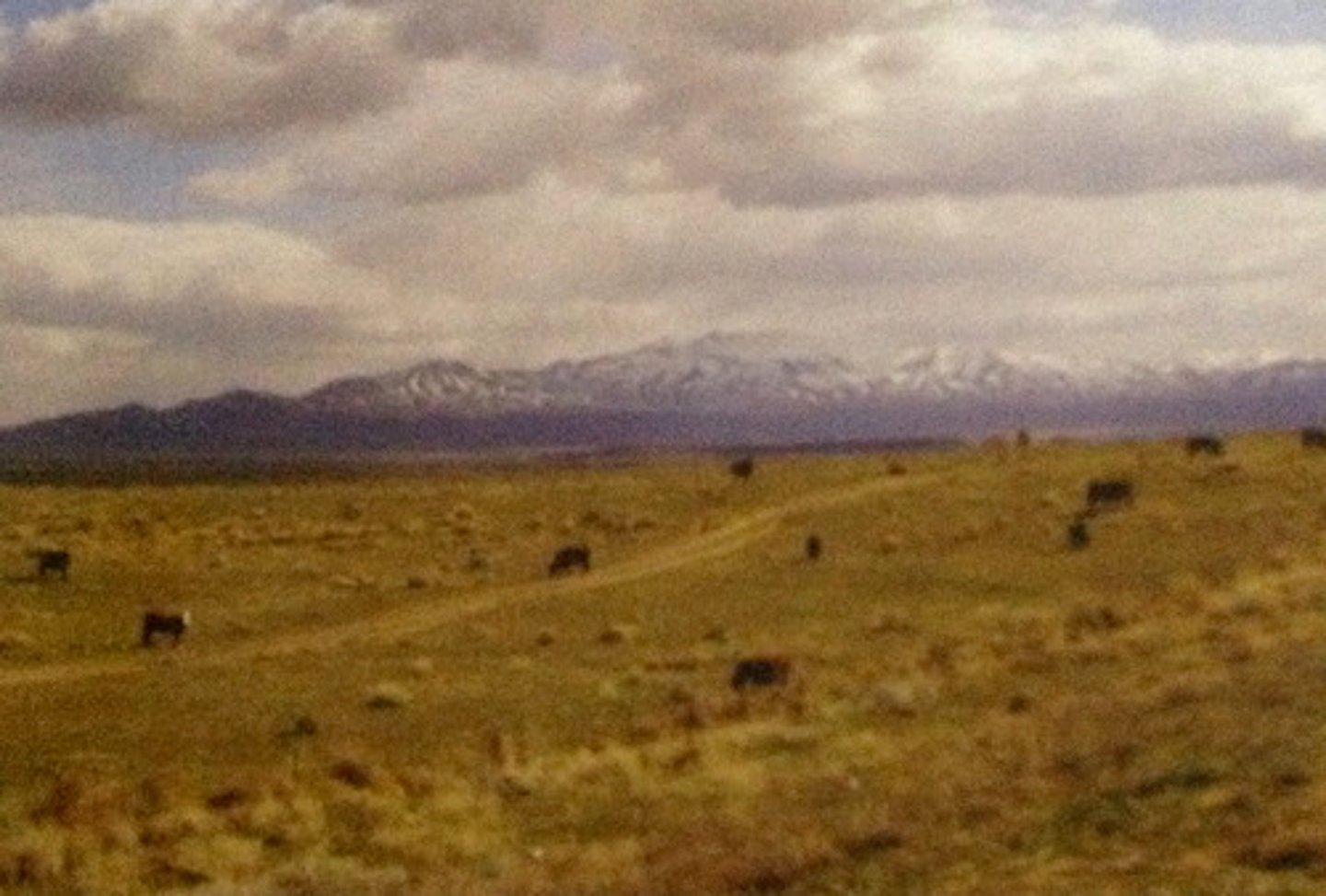
Forests
Dominated by tree's
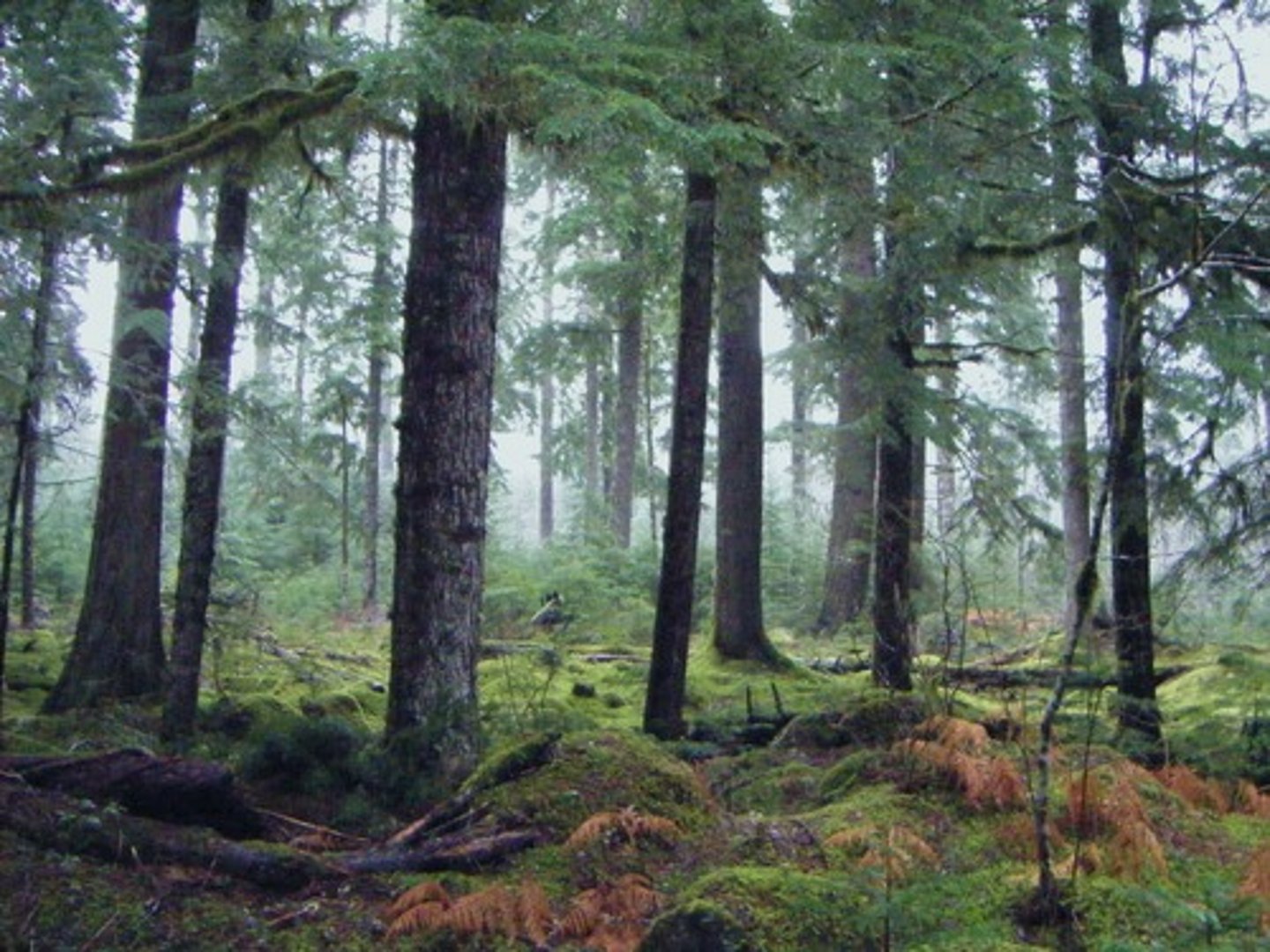
Clear cutting
Removing all or most trees within an area
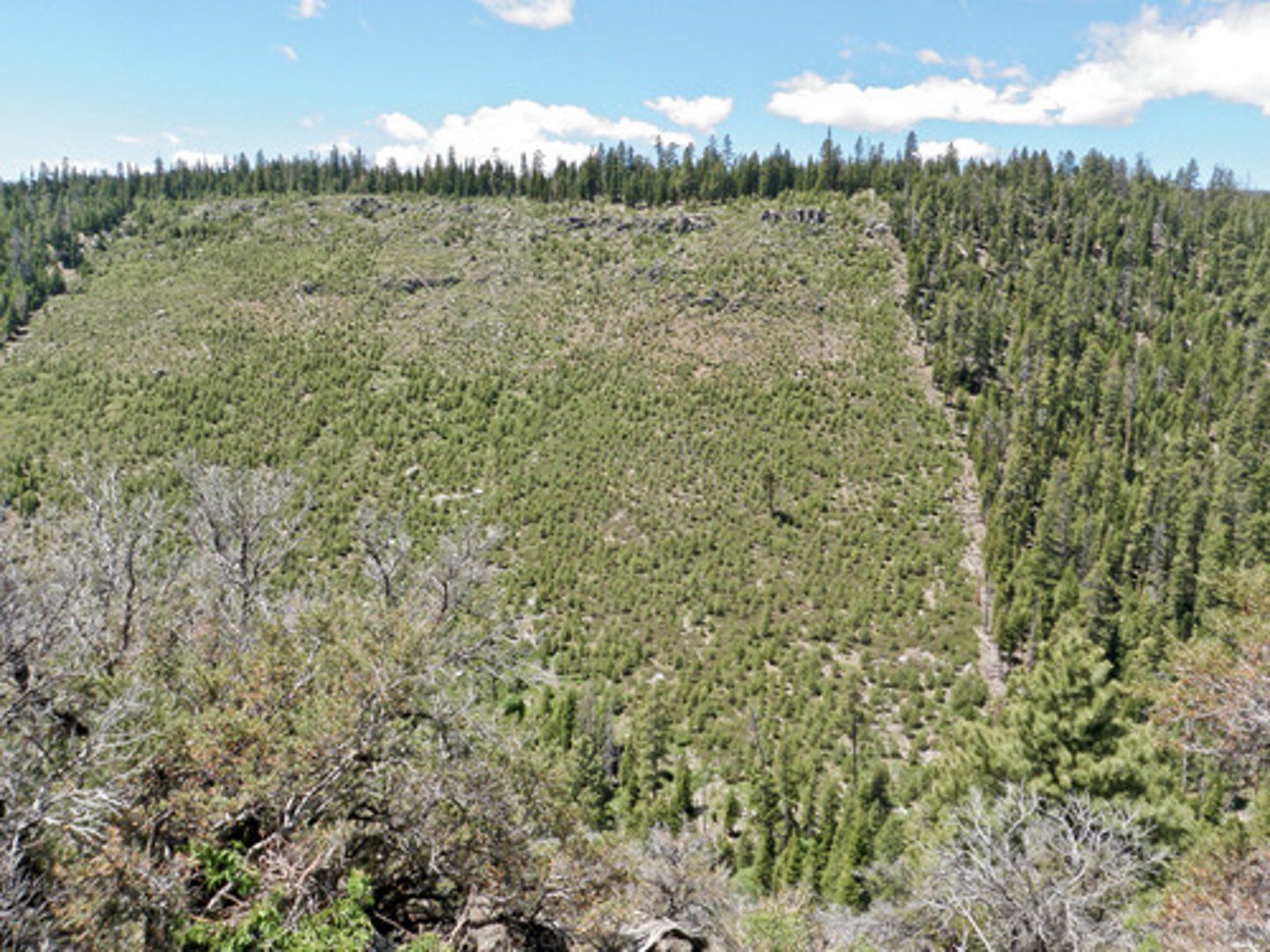
Selective cutting
Removes single trees or relatively small numbers of trees
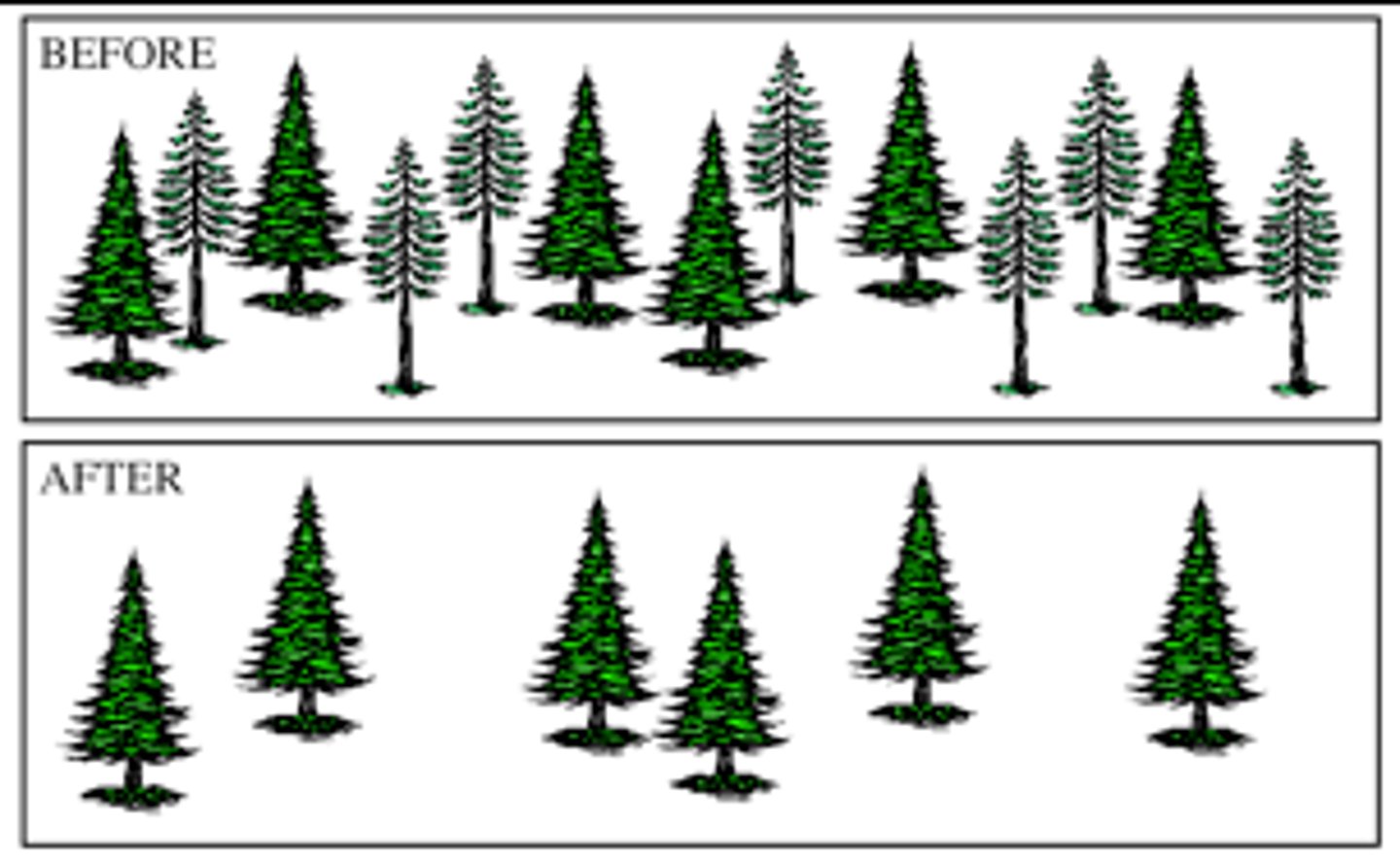
Industrial agriculture
Agriculture that applies the techniques of mechanization and standardization. Also known as agribusiness.
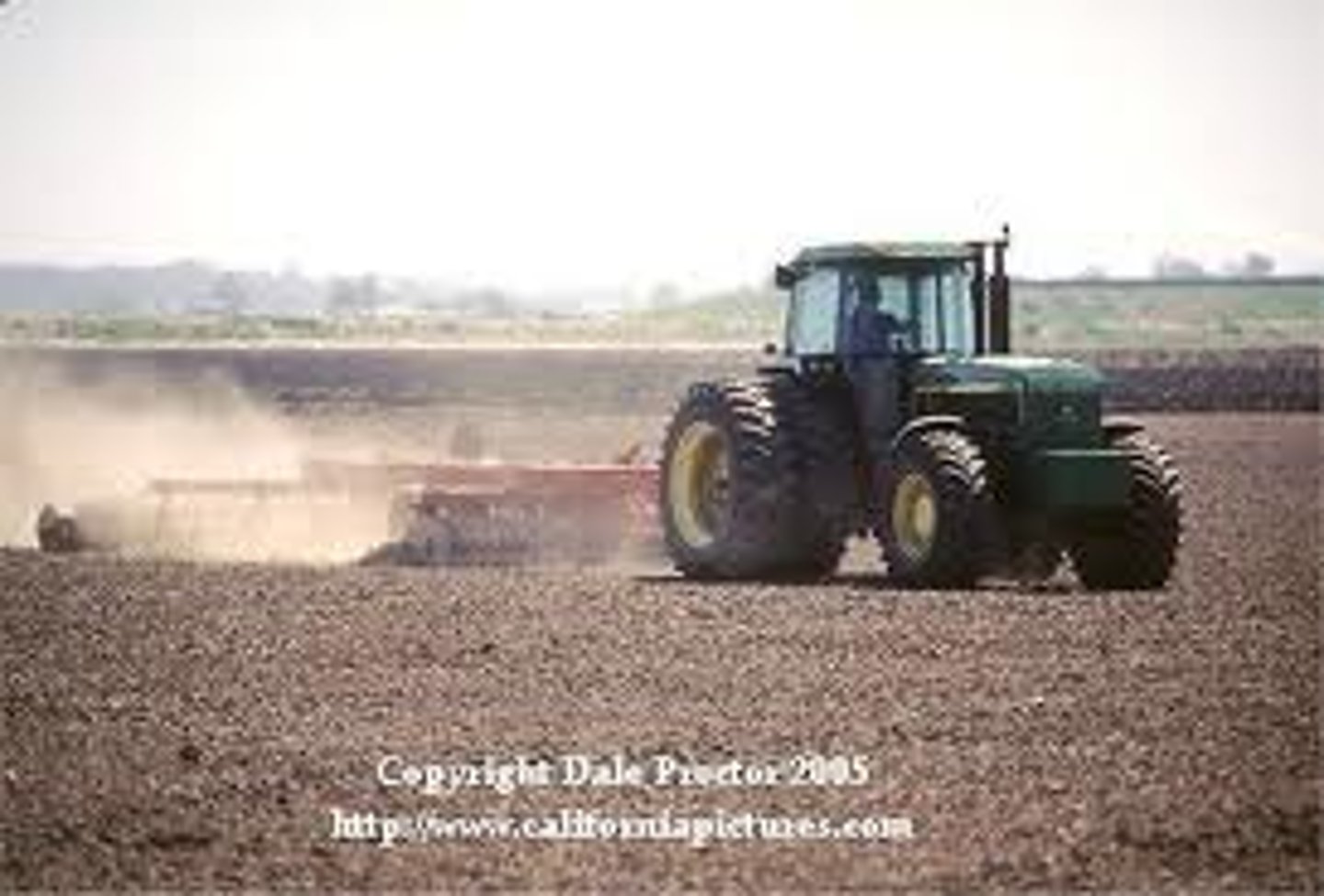
Ecologically sustainable forestry
Maintaining all species in as close to a natural state as possible
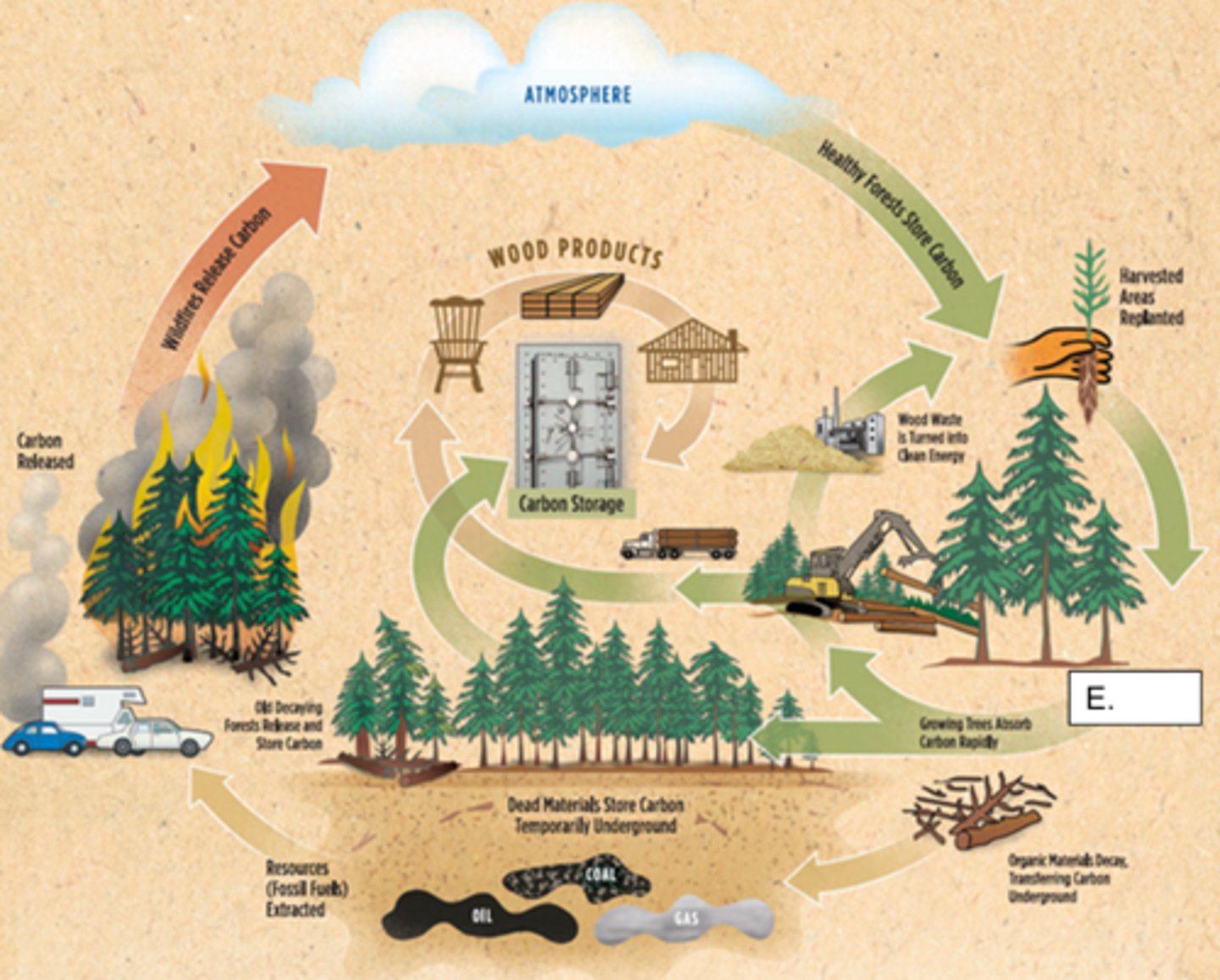
Tree plantations
Large areas planted with a single, fast growing tree species

Green Revolution
A shift in agricultural practices in the twentieth century that included new management techniques, mechanization, fertilization, irrigation, and improved crop varieties. Resulted in increased food output.

Prescribed burn
A fire deliberately set under controlled conditions
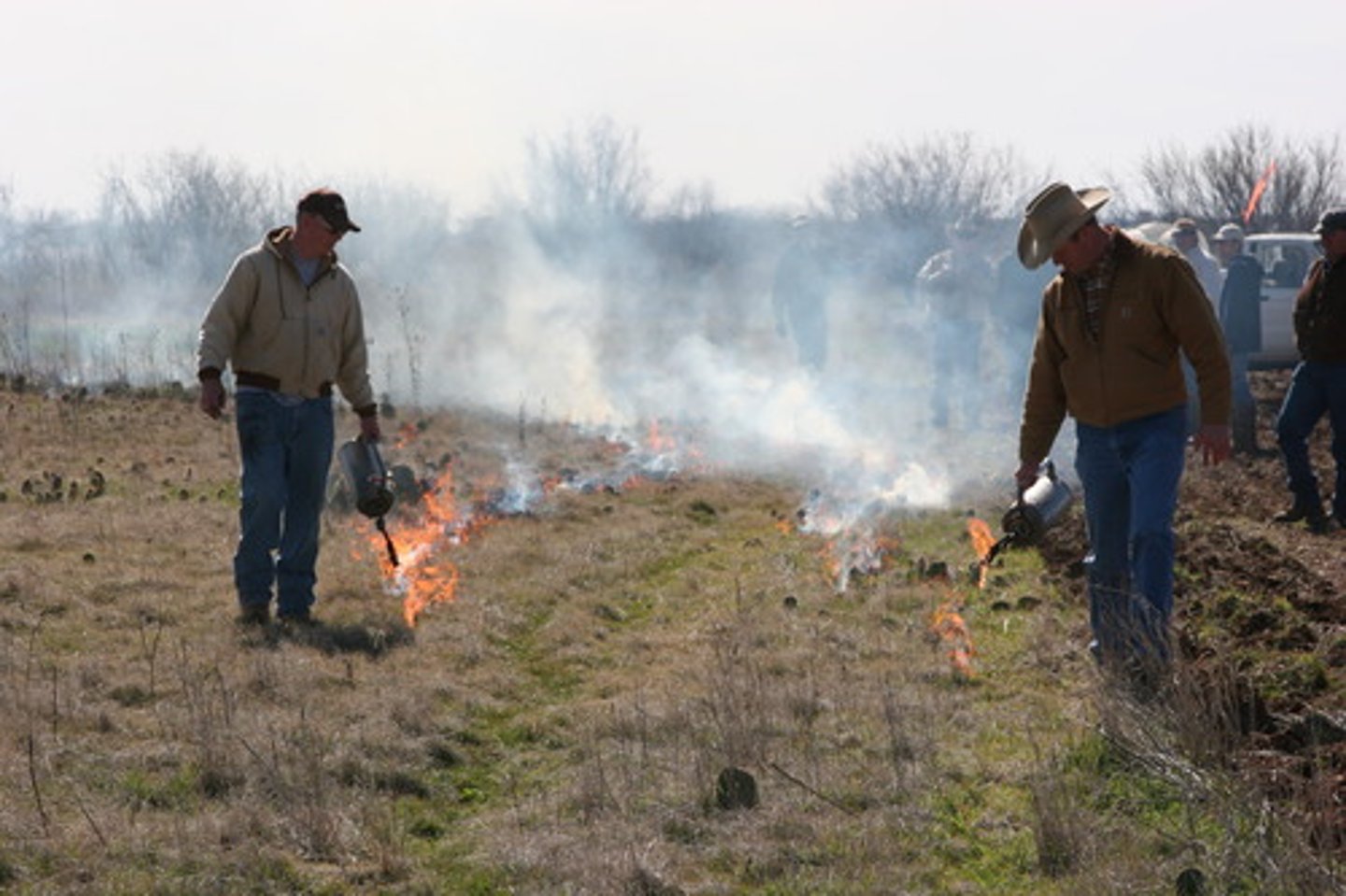
Waterlogging
A form of soil degradation that occurs when soil remains under water for prolonged periods.
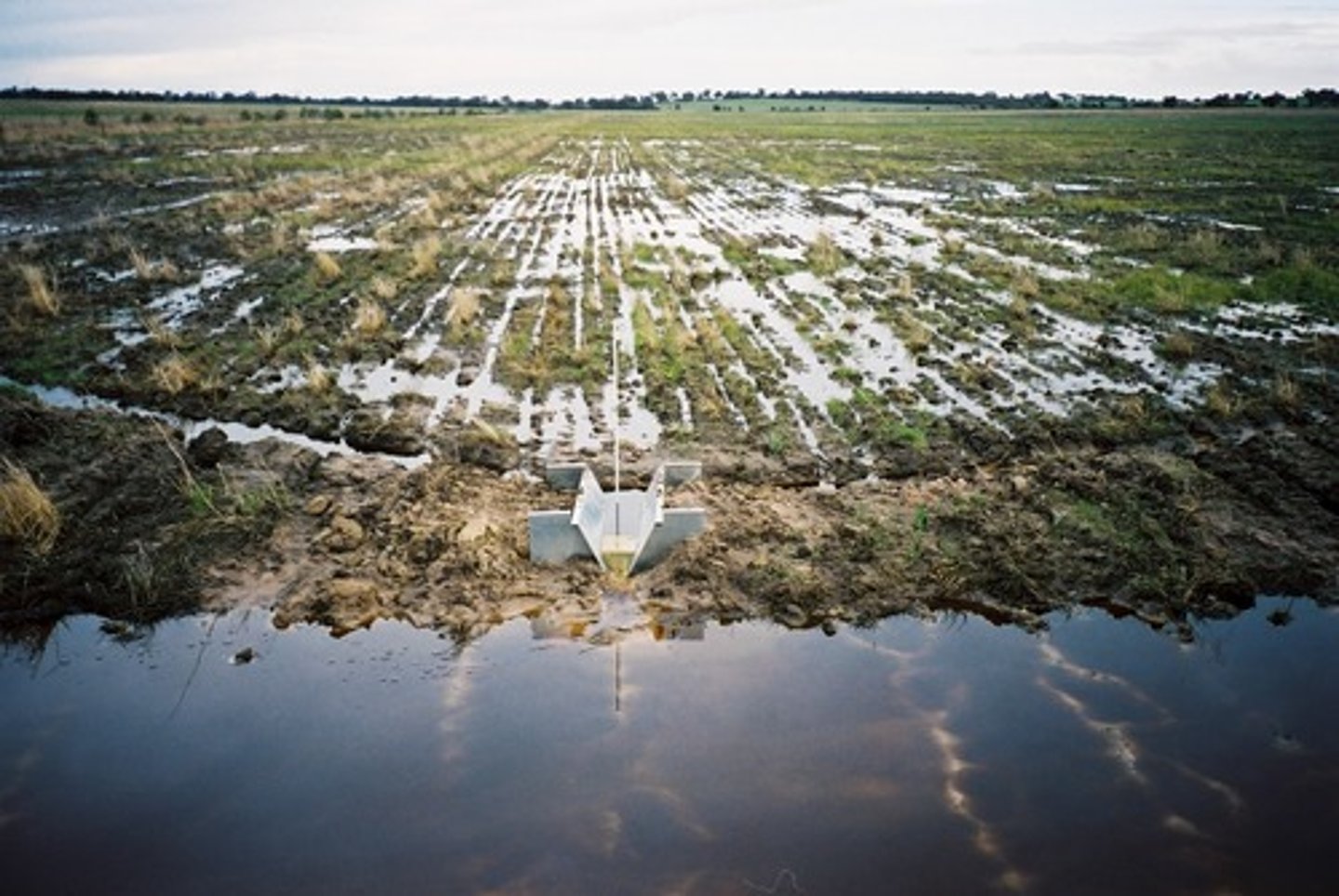
Salinization
A form of soil degradation that occurs when the small amount of salts in irrigation water becomes highly concentrated on the soil surface through evaporation.
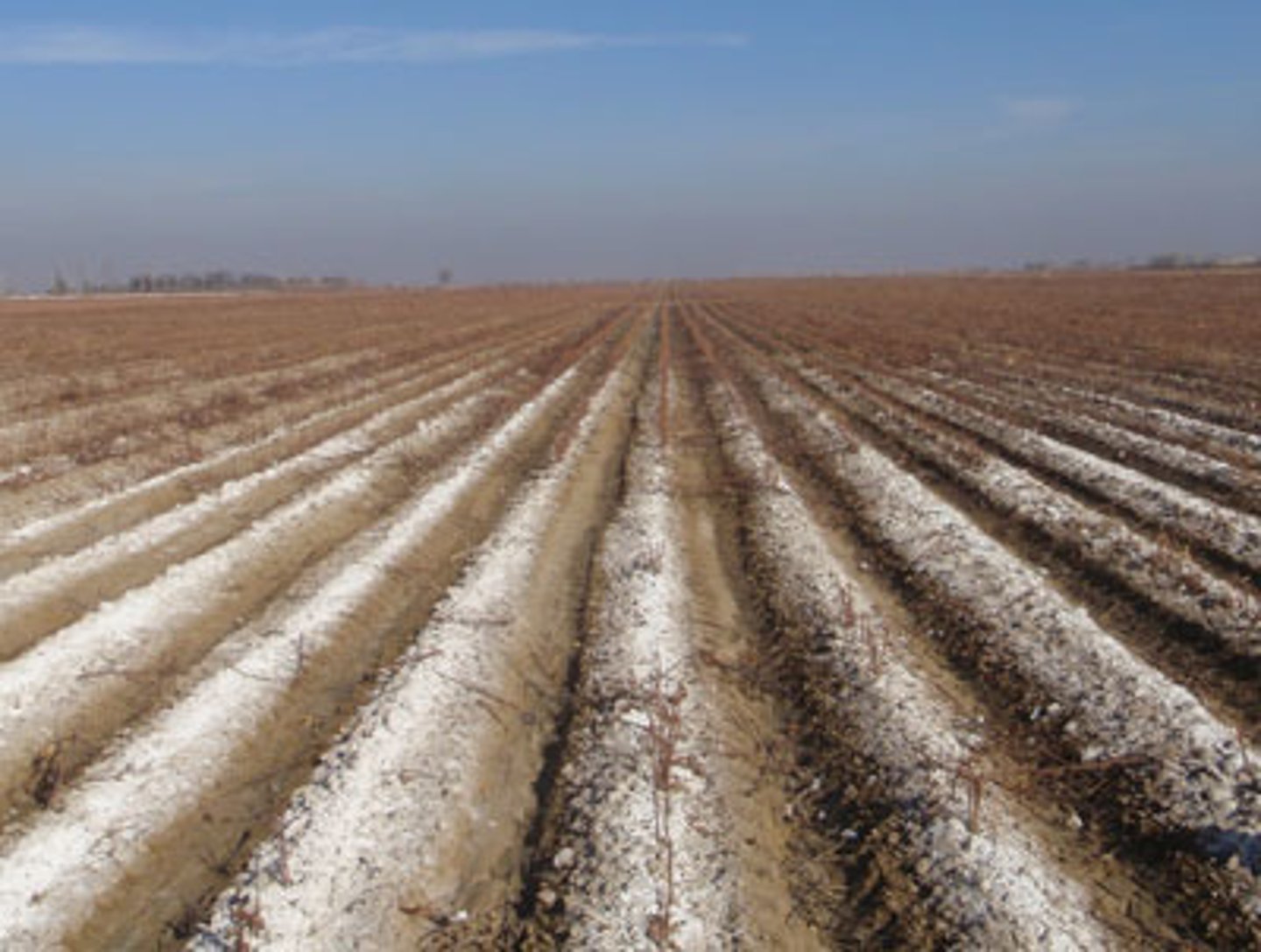
Organic fertilizer
Fertilizer composed of organic matter from plants and animals.
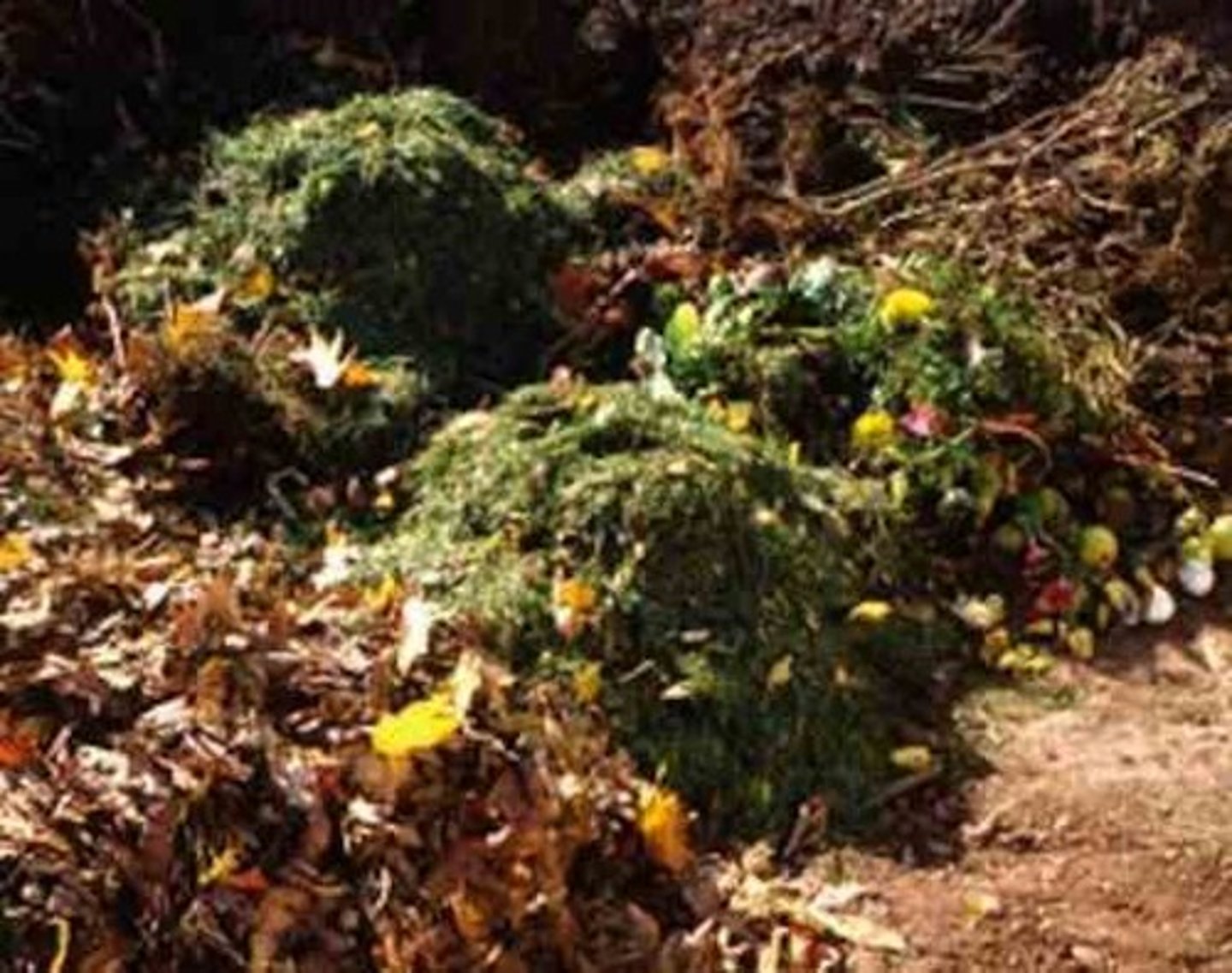
Synthetic fertilizer
Produced commercially, normally with the use of fossil fuels. Also known as inorganic fertilizers.
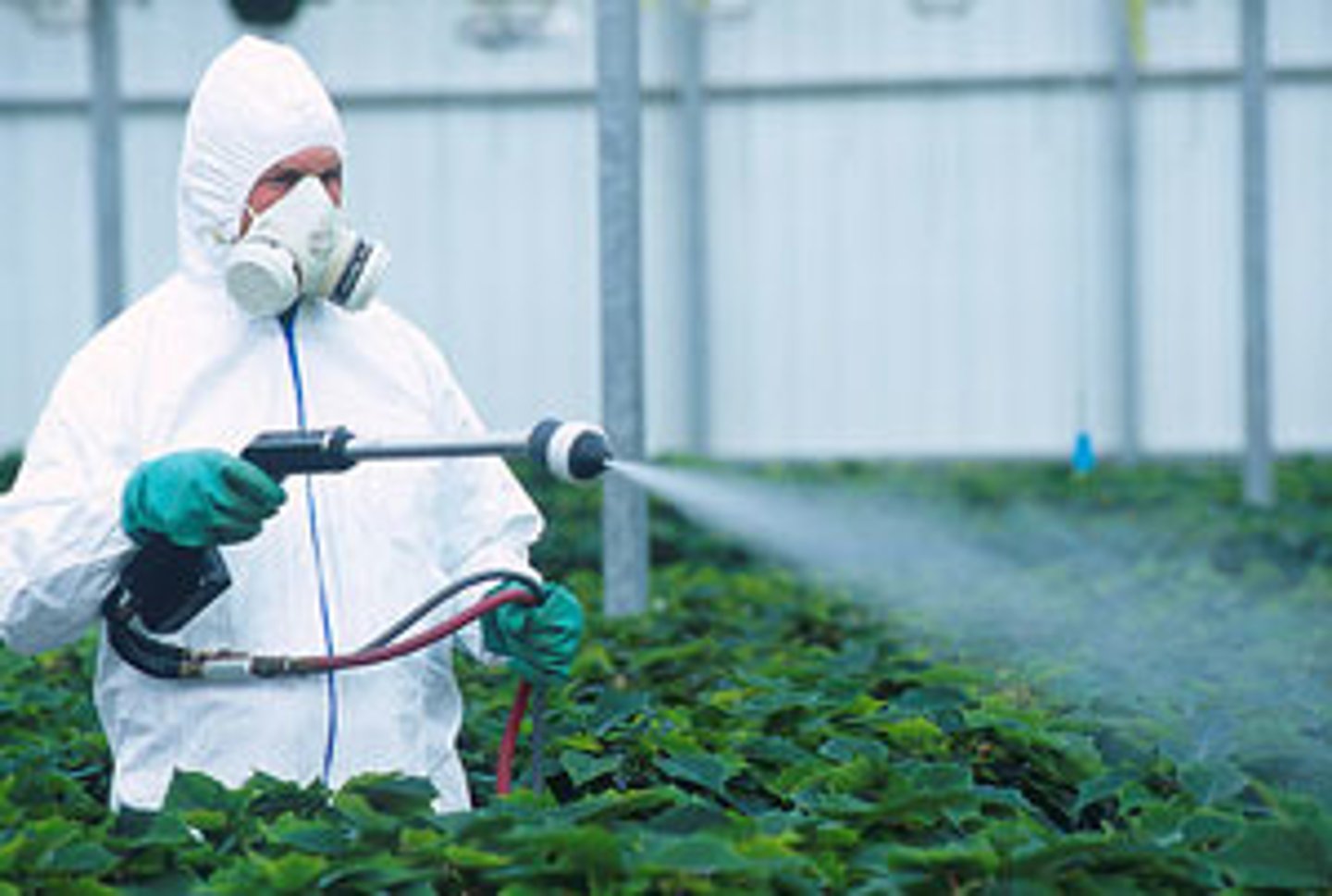
Monocropping
An agricultural method that utilizes large plantings of a single species or variety.
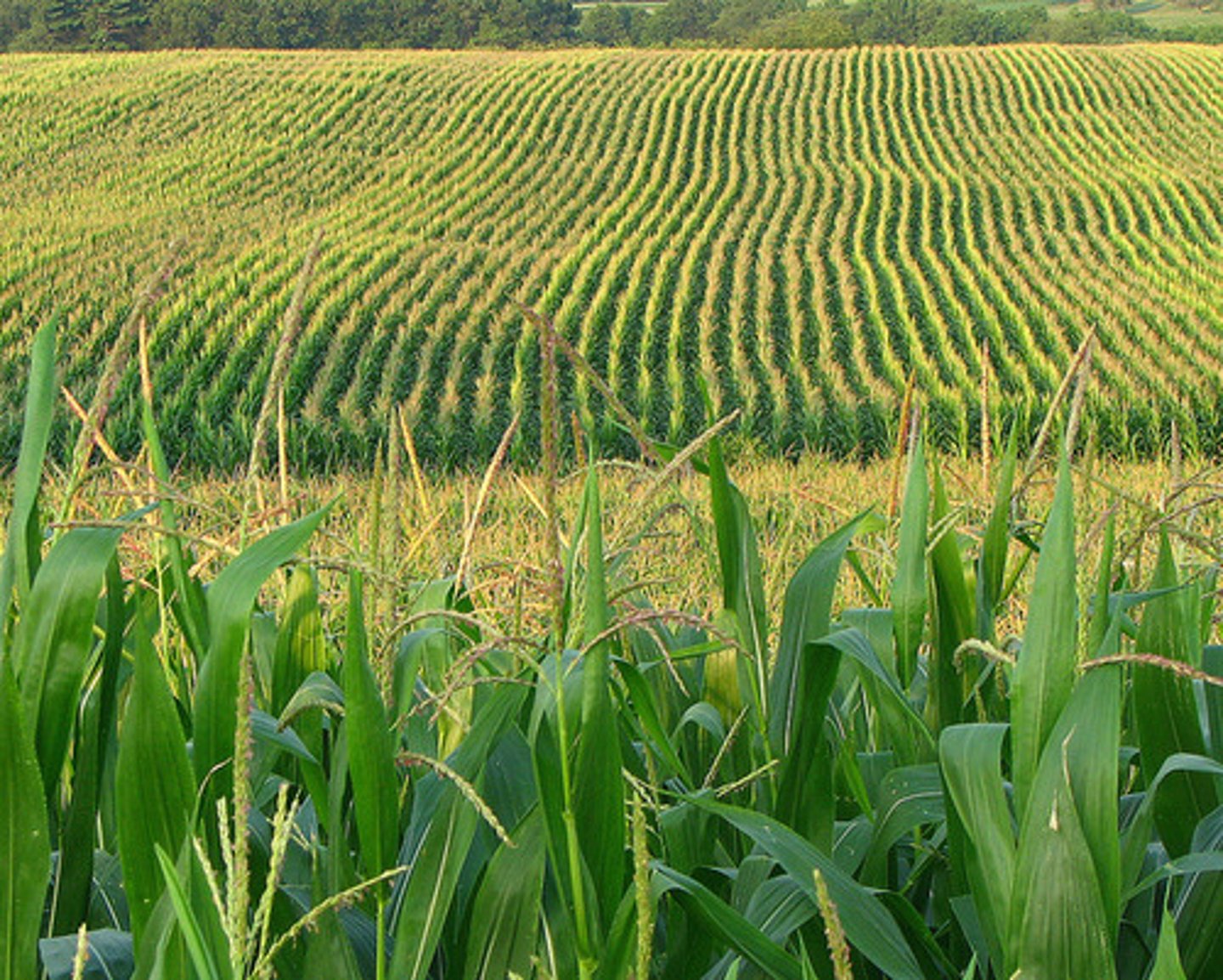
Pesticide
A substance, either natural or synthetic that kills or controls organisms that people consider pests.
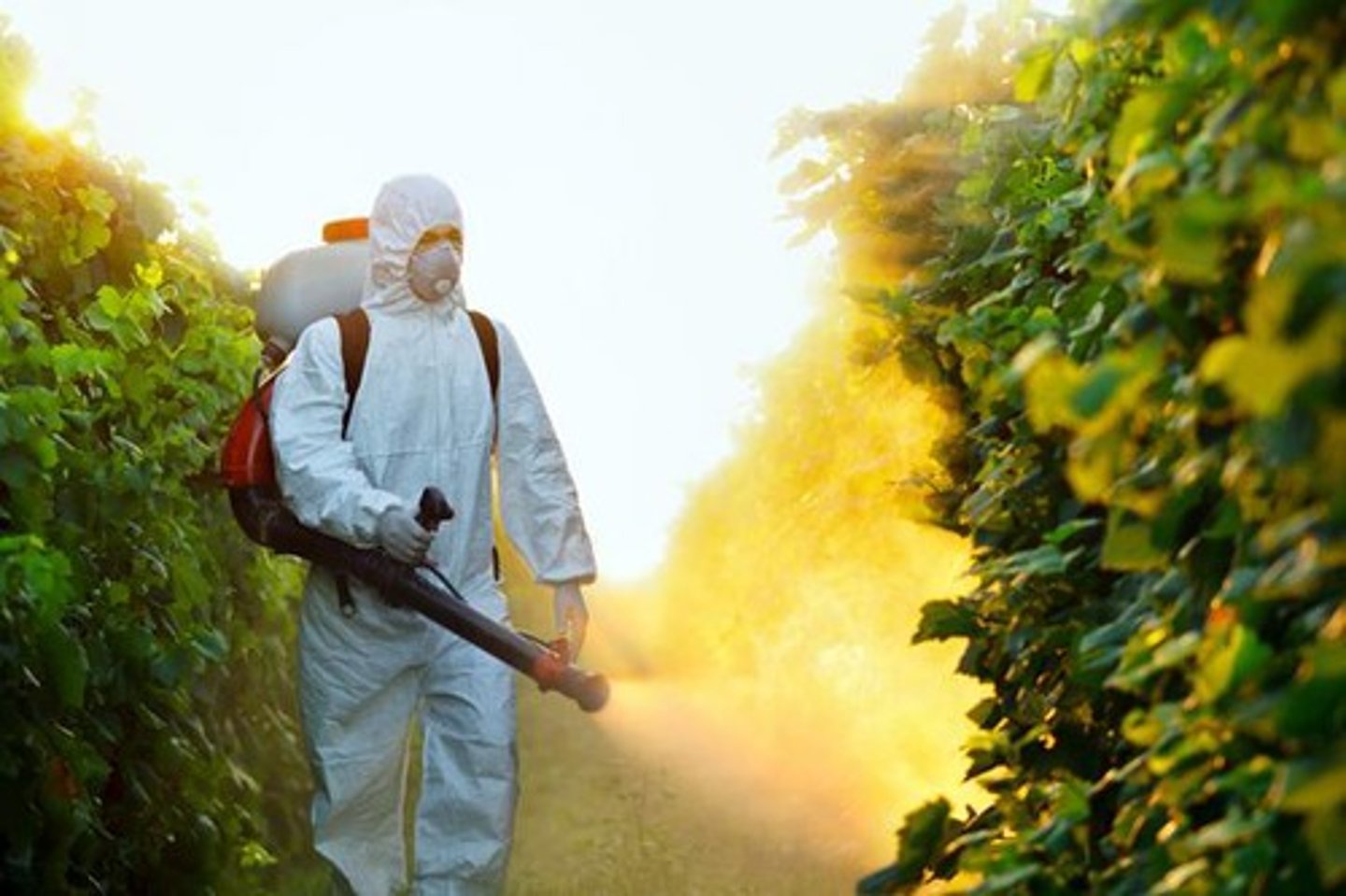
Suburban
Surround metropolitan centers

Insecticide
A pesticide that targets species of insects and other invertebrates that consume crops.
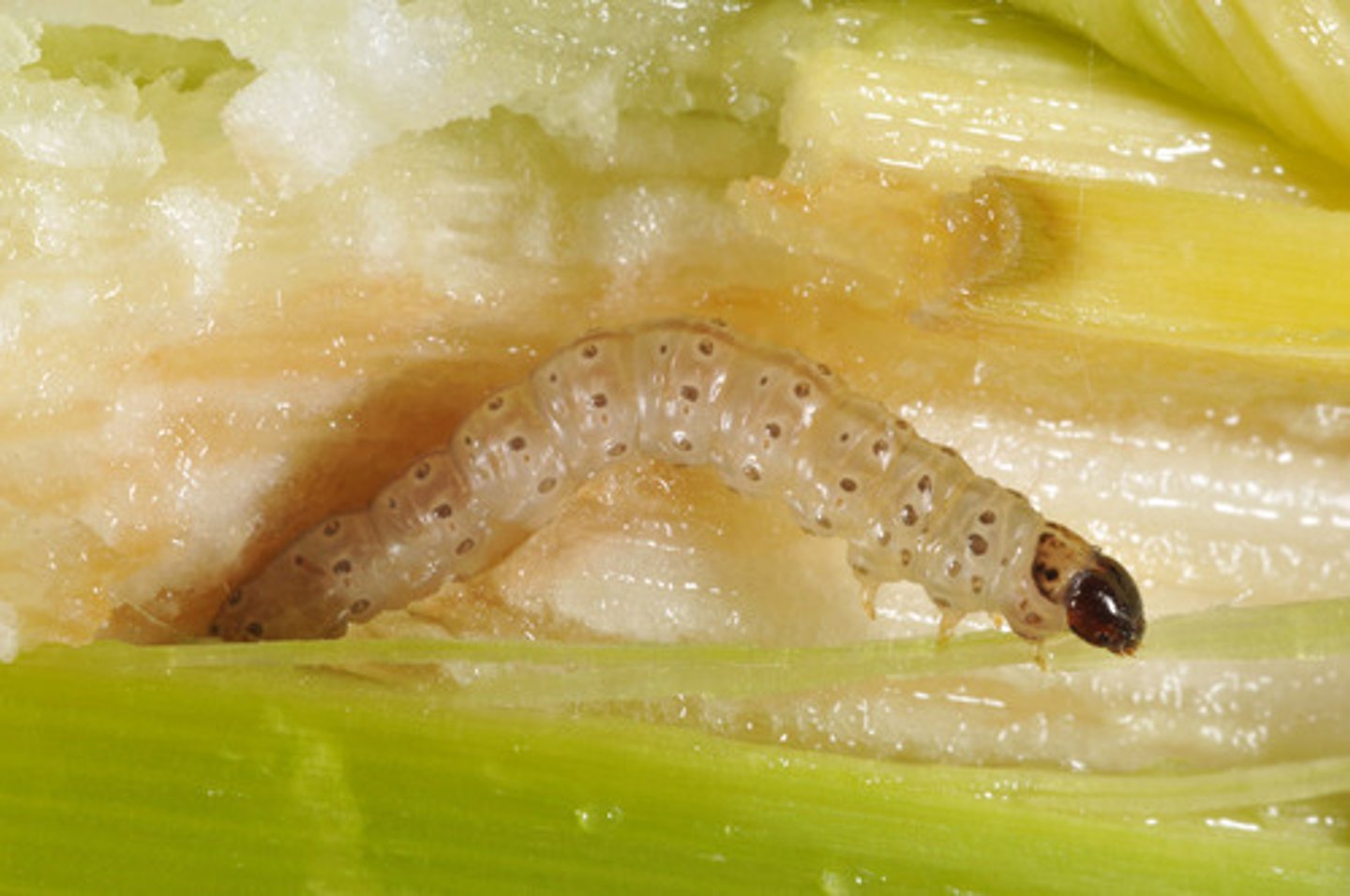
Herbicide
A pesticide that targets plant species that compete with crops.

Exurban
Unconnected to a central city
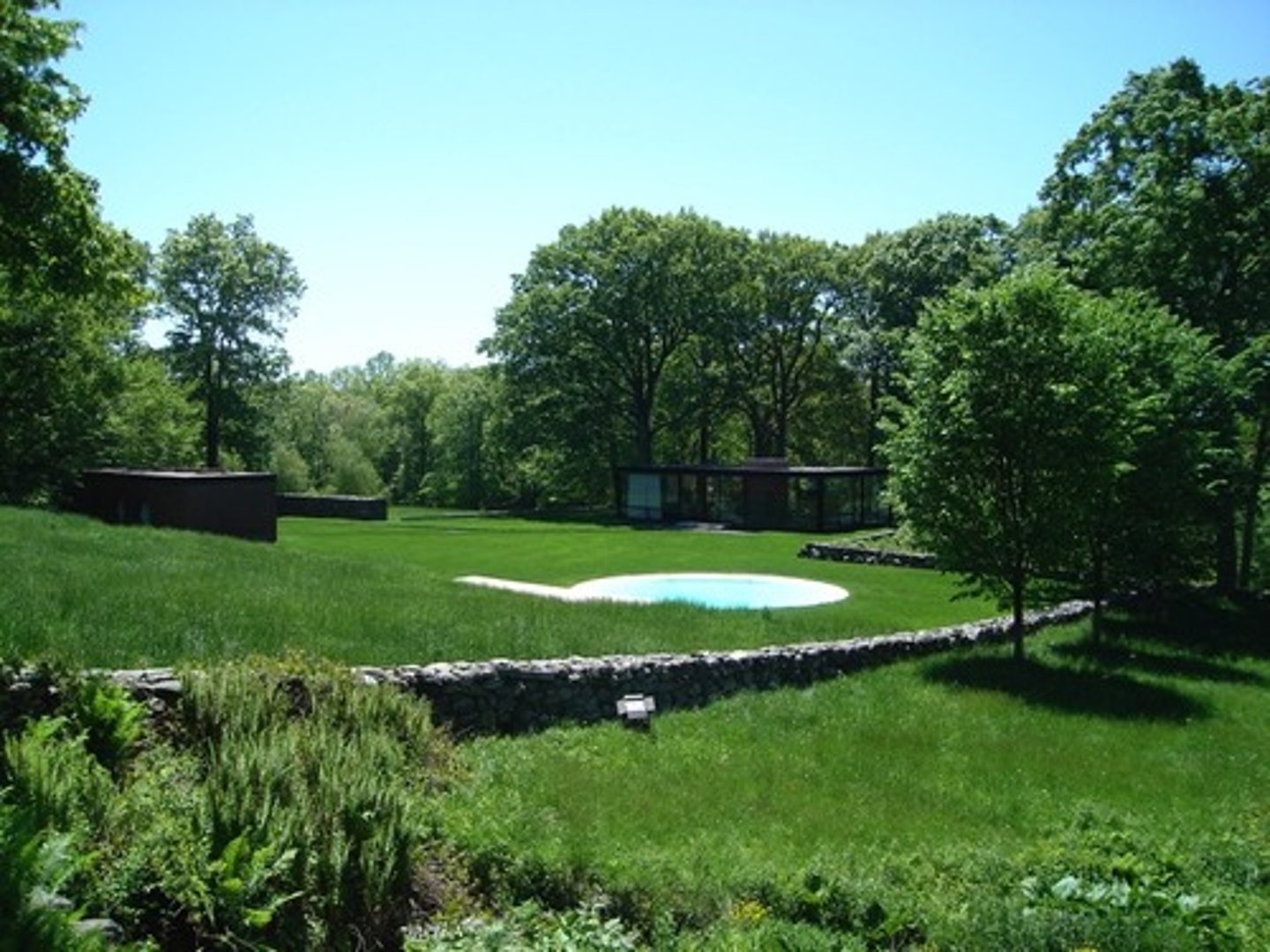
Broad spectrum pesticide
A pesticide that kills many different types of pest.
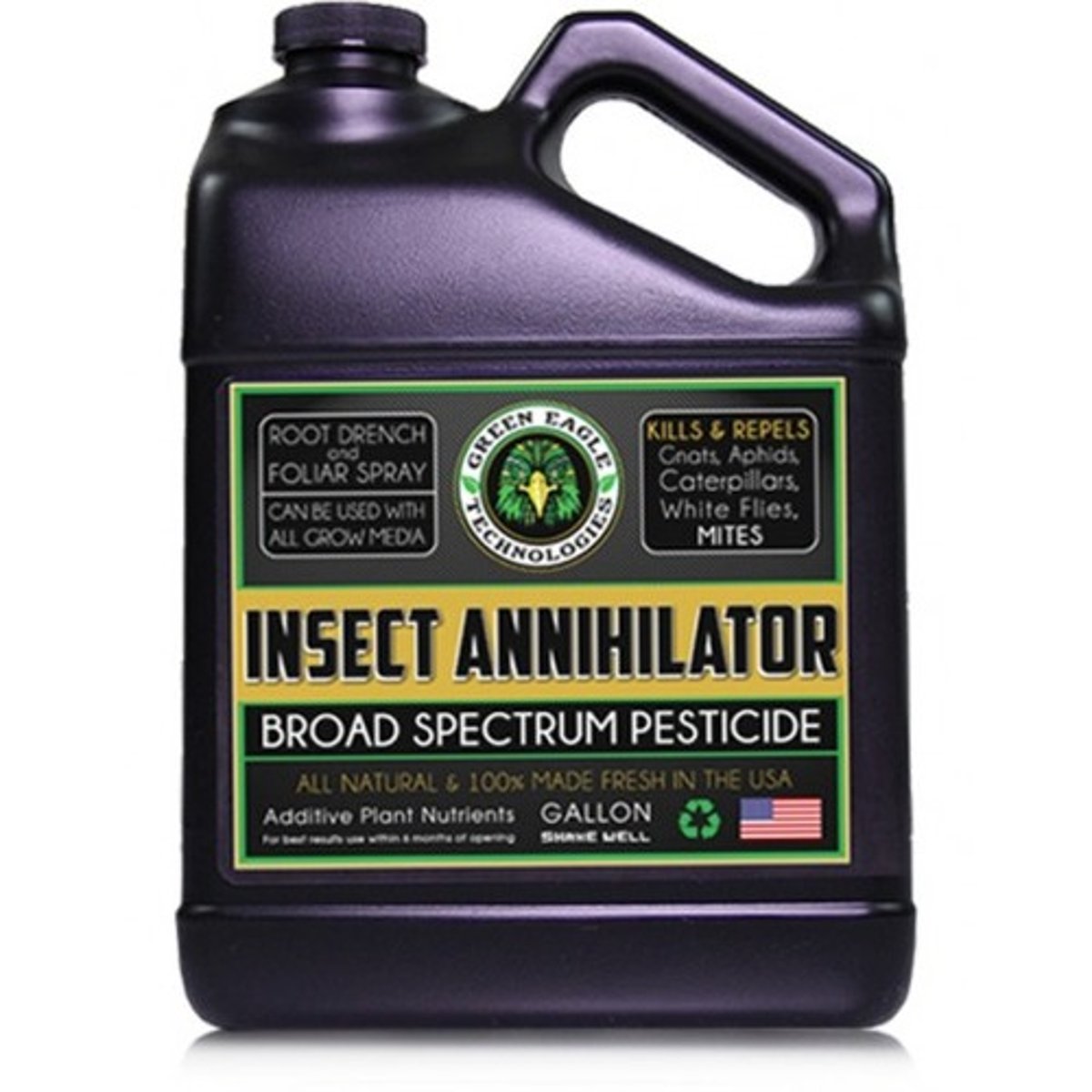
Urban Sprawl
Creation of urban areas that spread into rural
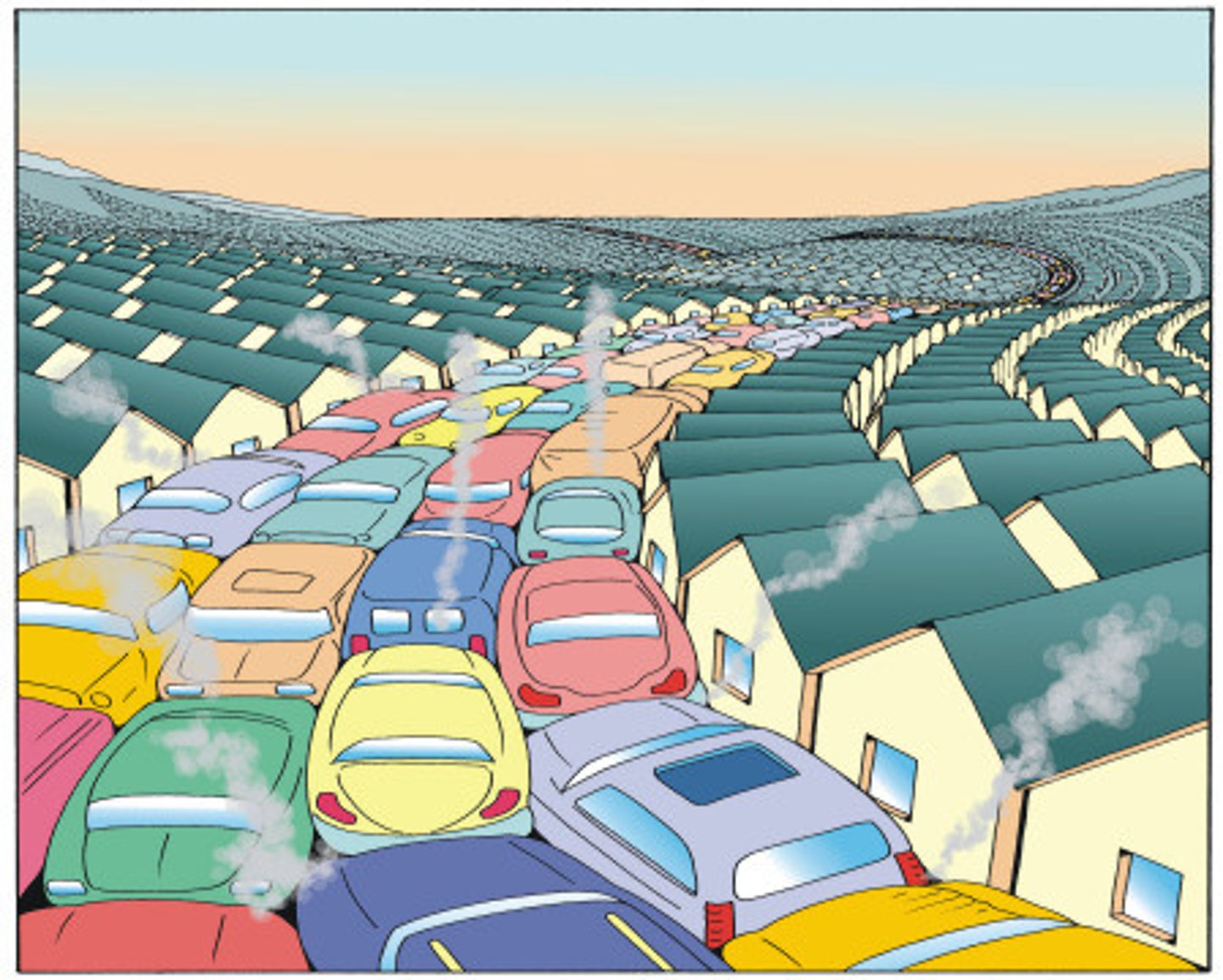
Selective pesticide
A pesticide that targets a narrow range of organisms.

Persistent pesticide
A pesticide that remains in the environment for a long time.
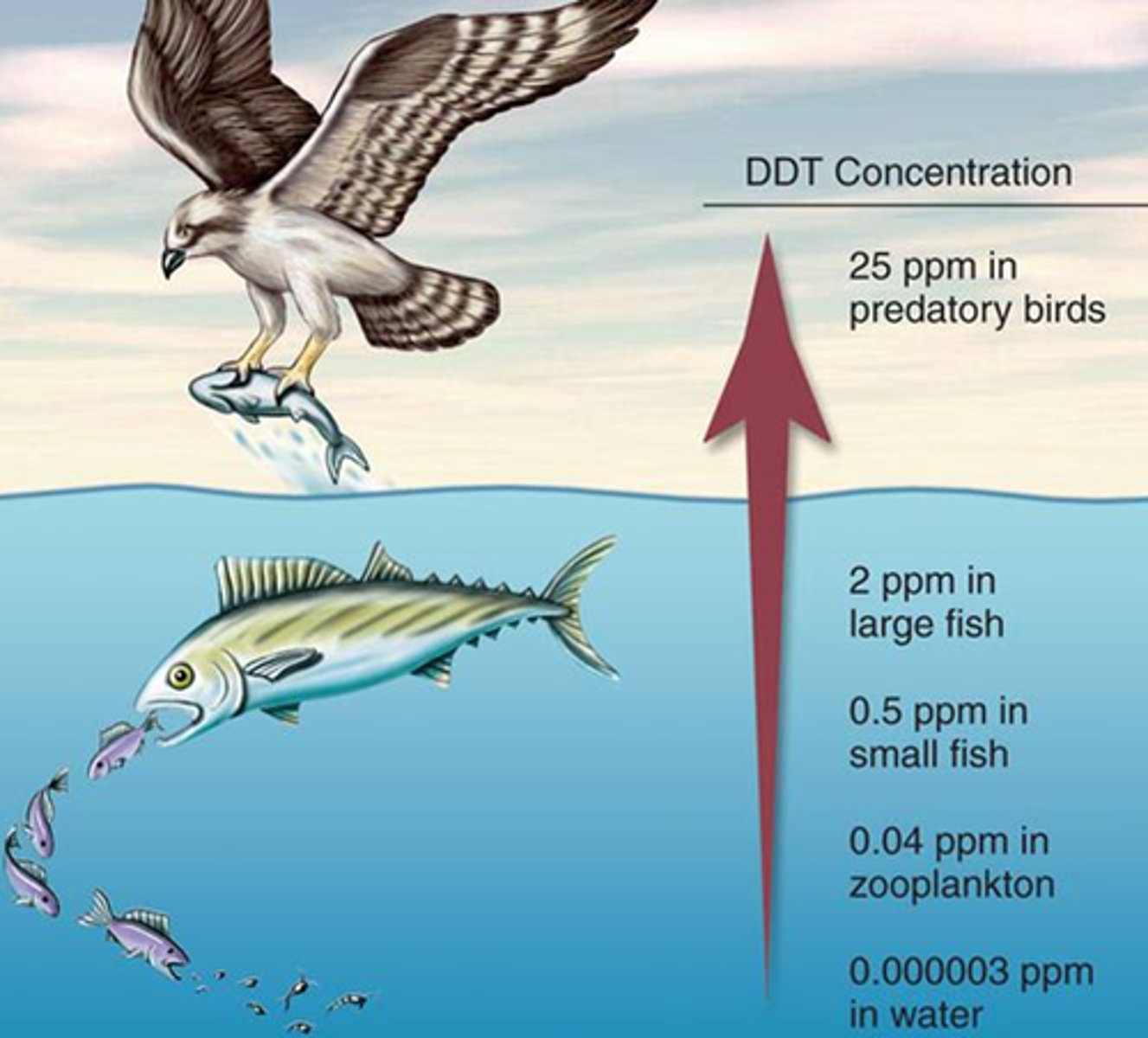
Nonpersistent pesticide
A pesticide that breaks down rapidly, usually in weeks or months.
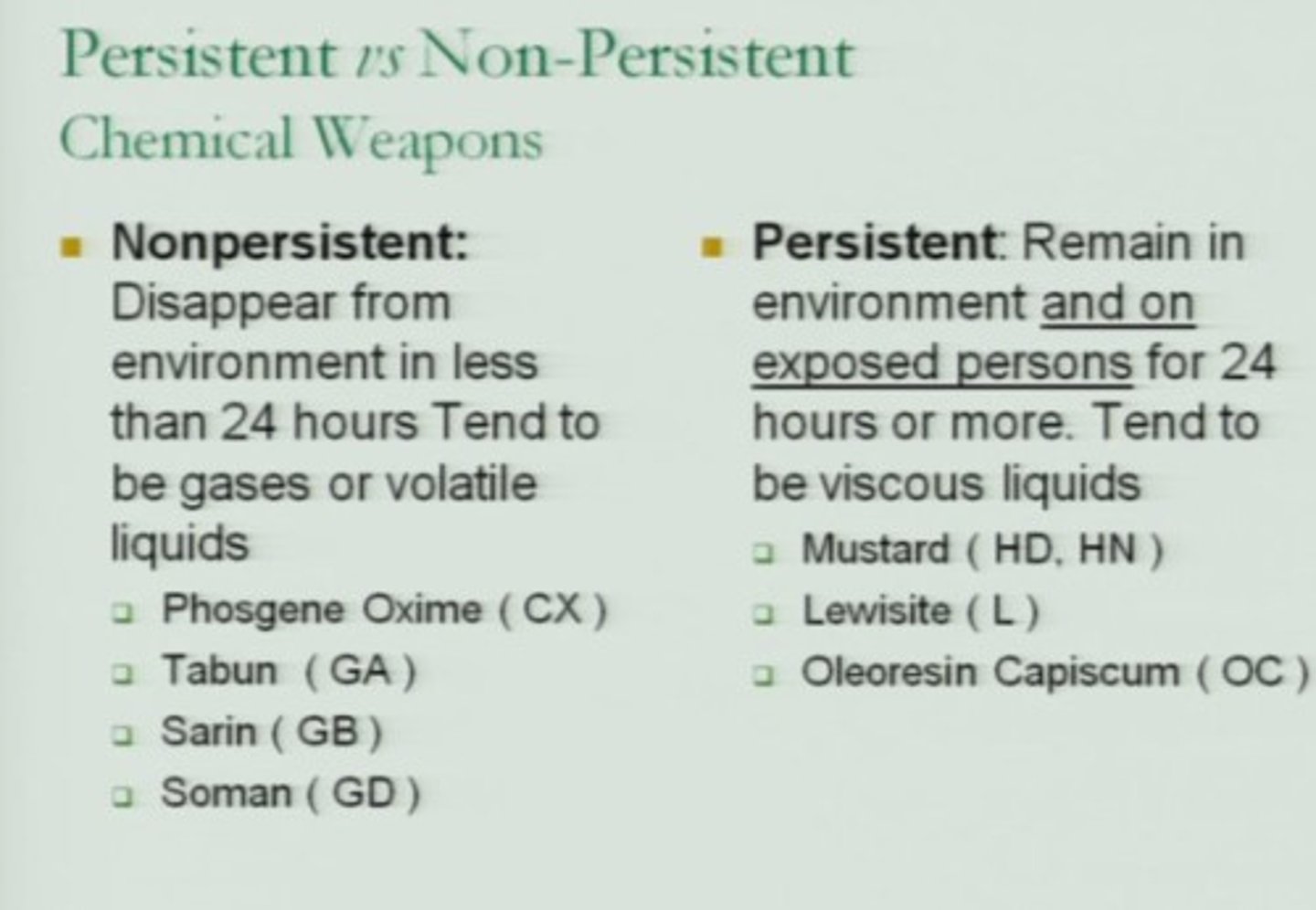
Bioaccumulation
Build up of substances, such as pesticides, or other chemicals in an organism. Occurs when an organism absorbs a substance at a rate faster than that at which the substance is lost by catabolism and excretion.
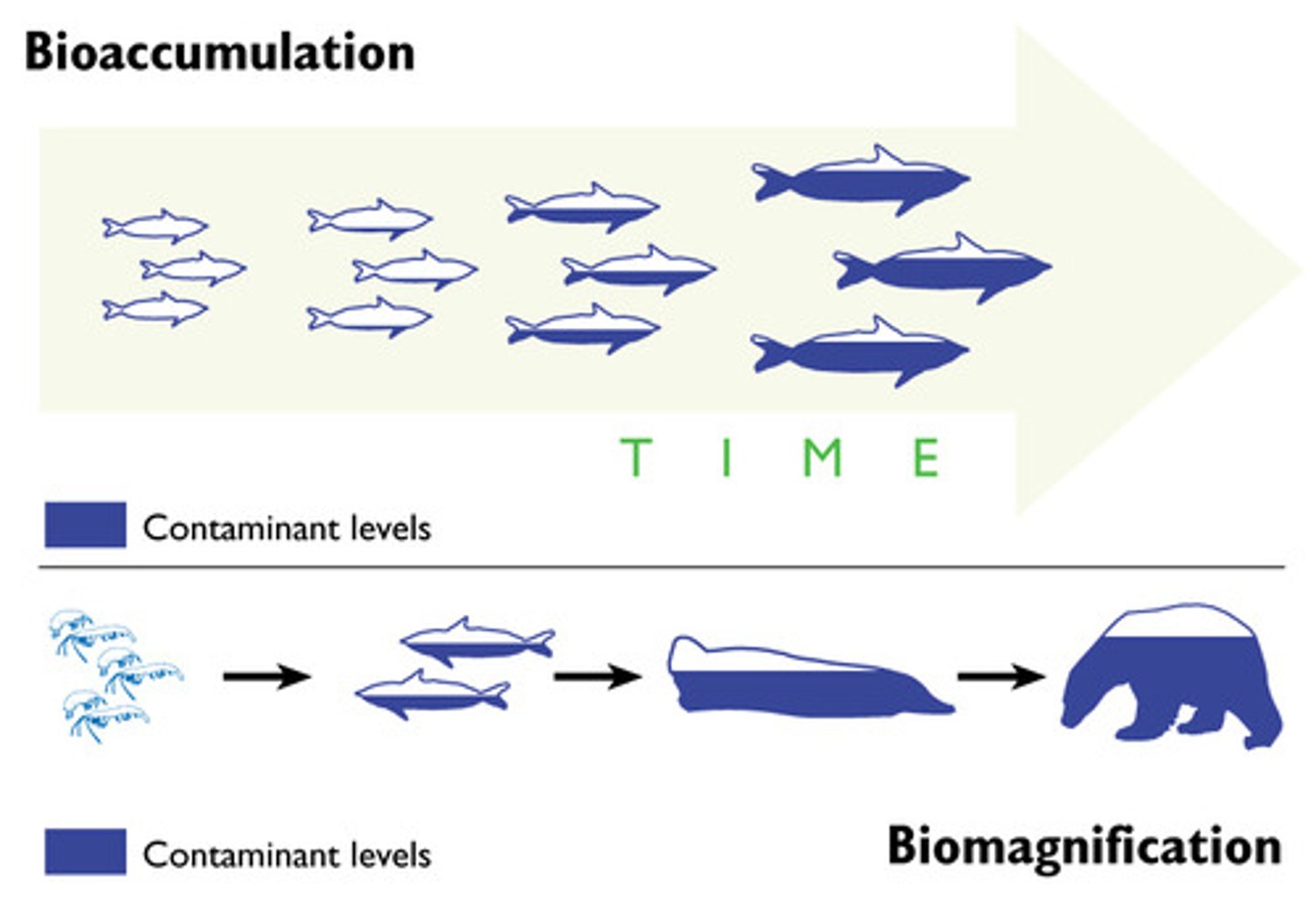
Zoning
Planning to separate business from residential neighborhoods
Multi-use zoning
Allows retail and residential Developement to coincide
Pesticide resistance
Decreased susceptibility of a pest population to a pesticide that was previously effective at controlling the pest.
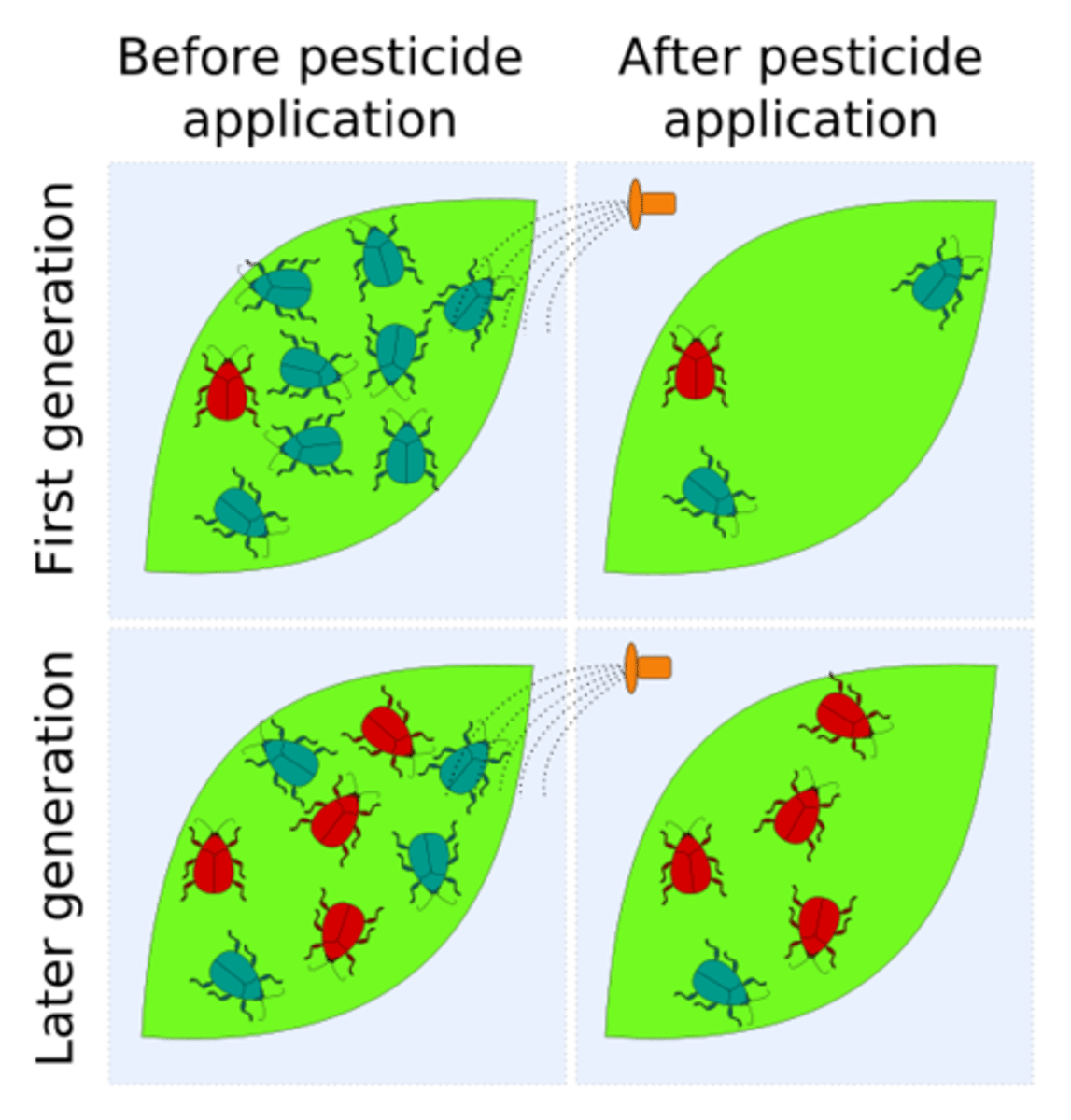
Smart growth
Focuses on strategies that encourage the Development of sustainable, healthy communities
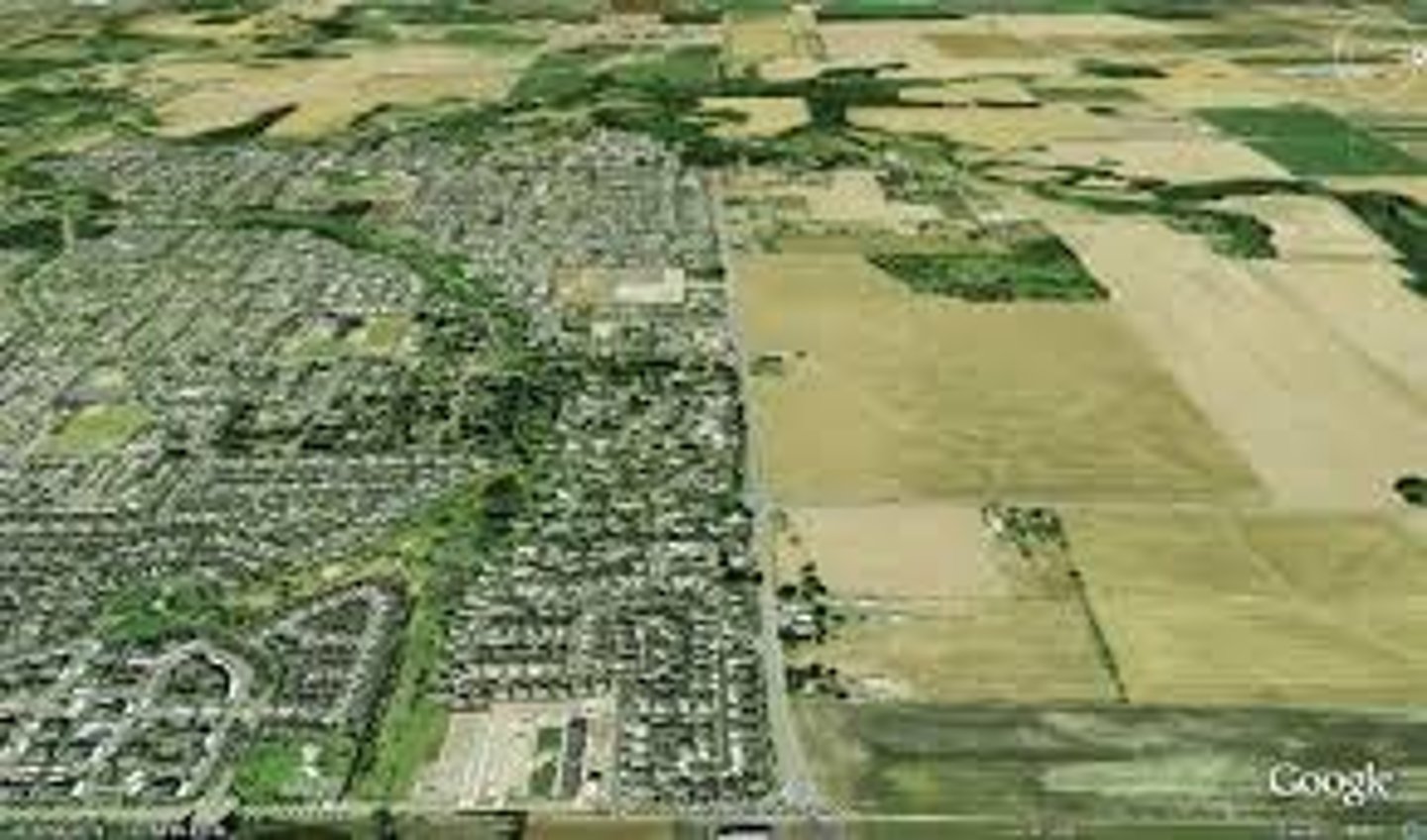
Pesticide treadmill
A cycle of pesticide development, followed by pest resistance, followed by new pesticide development.
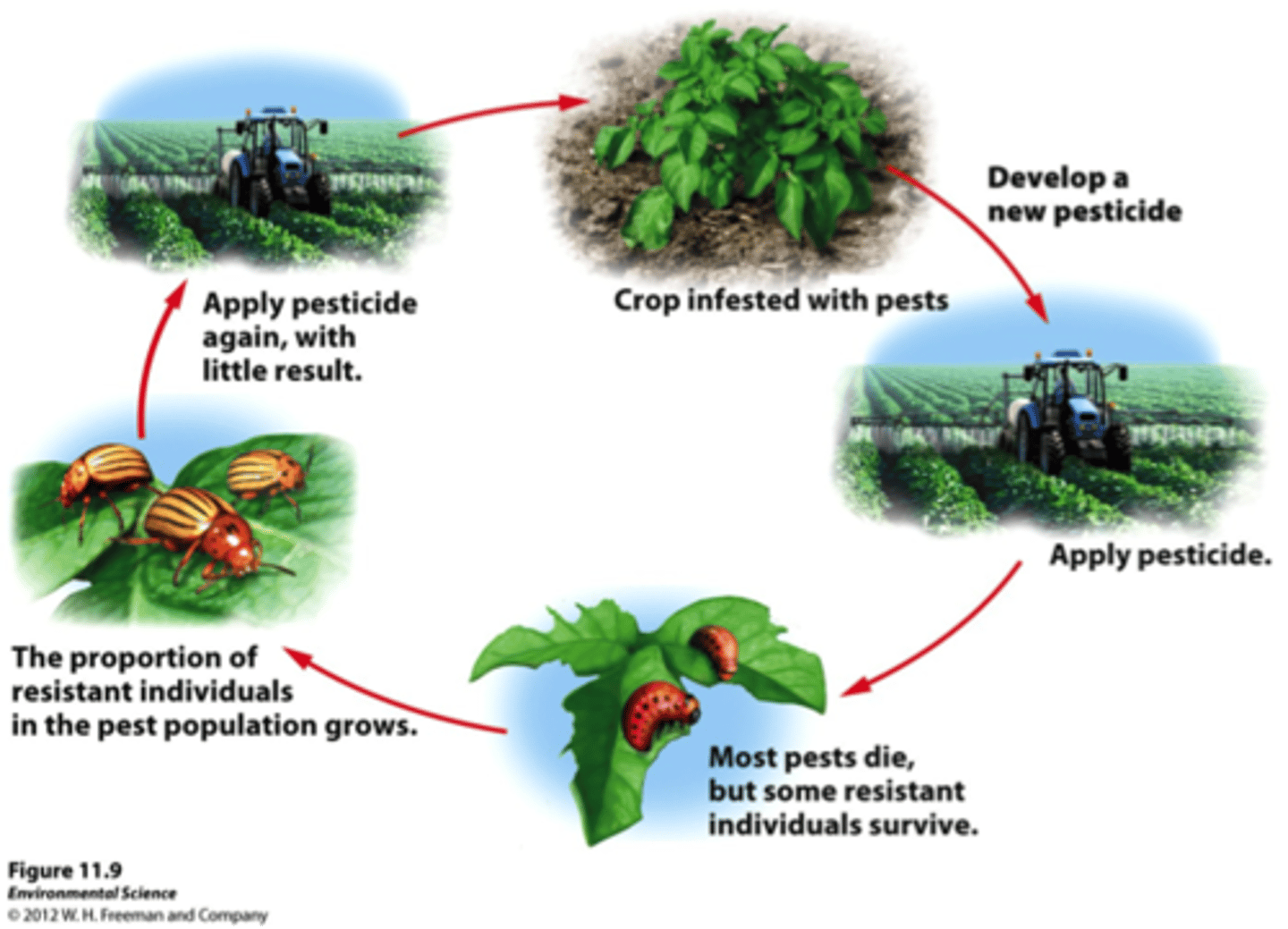
Conventional agriculture
The farming systems that include the use of synthetic chemical fertilizers, pesticides, herbicides, other continual inputs, mechanization, and genetically modified organisms.
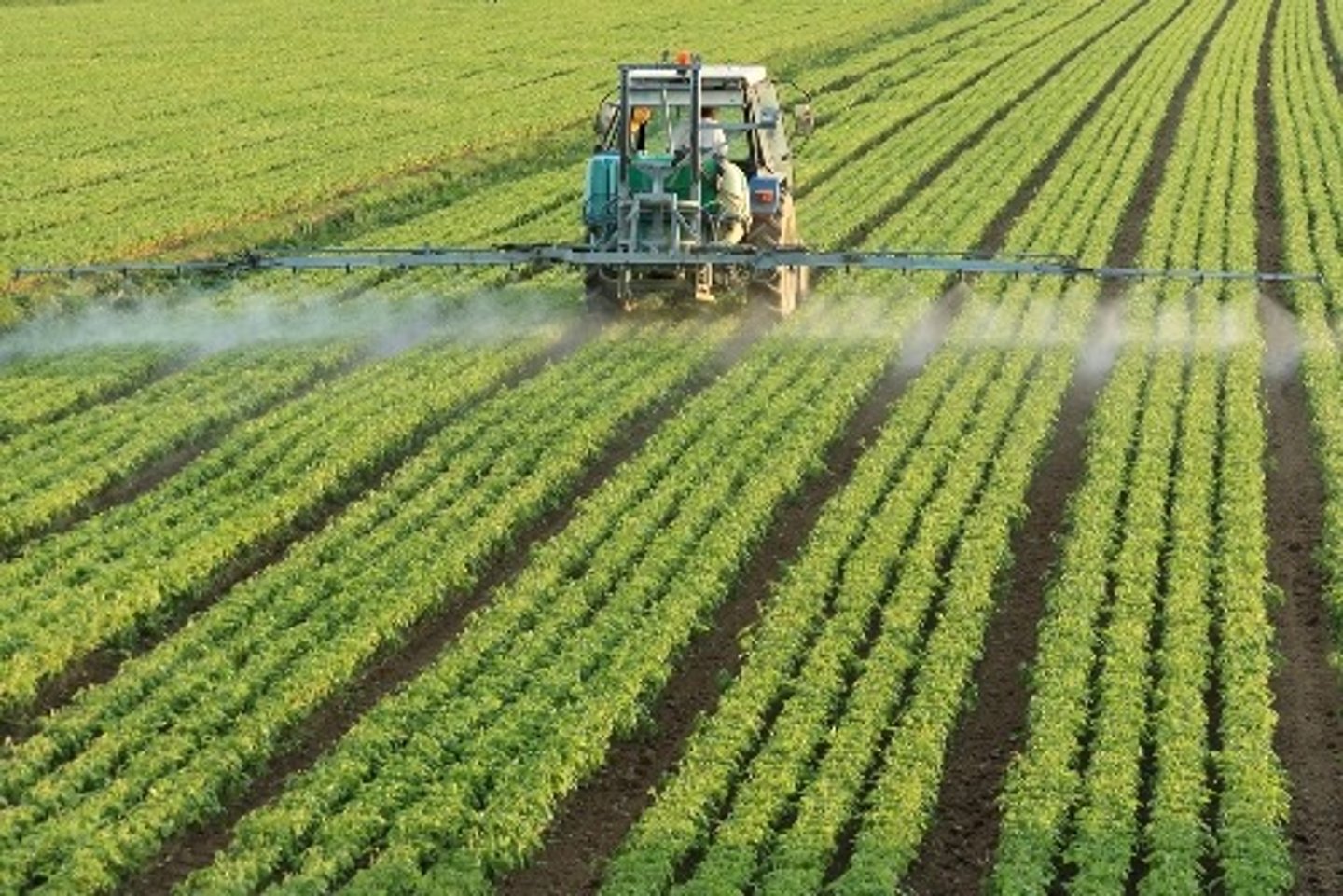
Transit oriented development
Focus dense residential and retail development
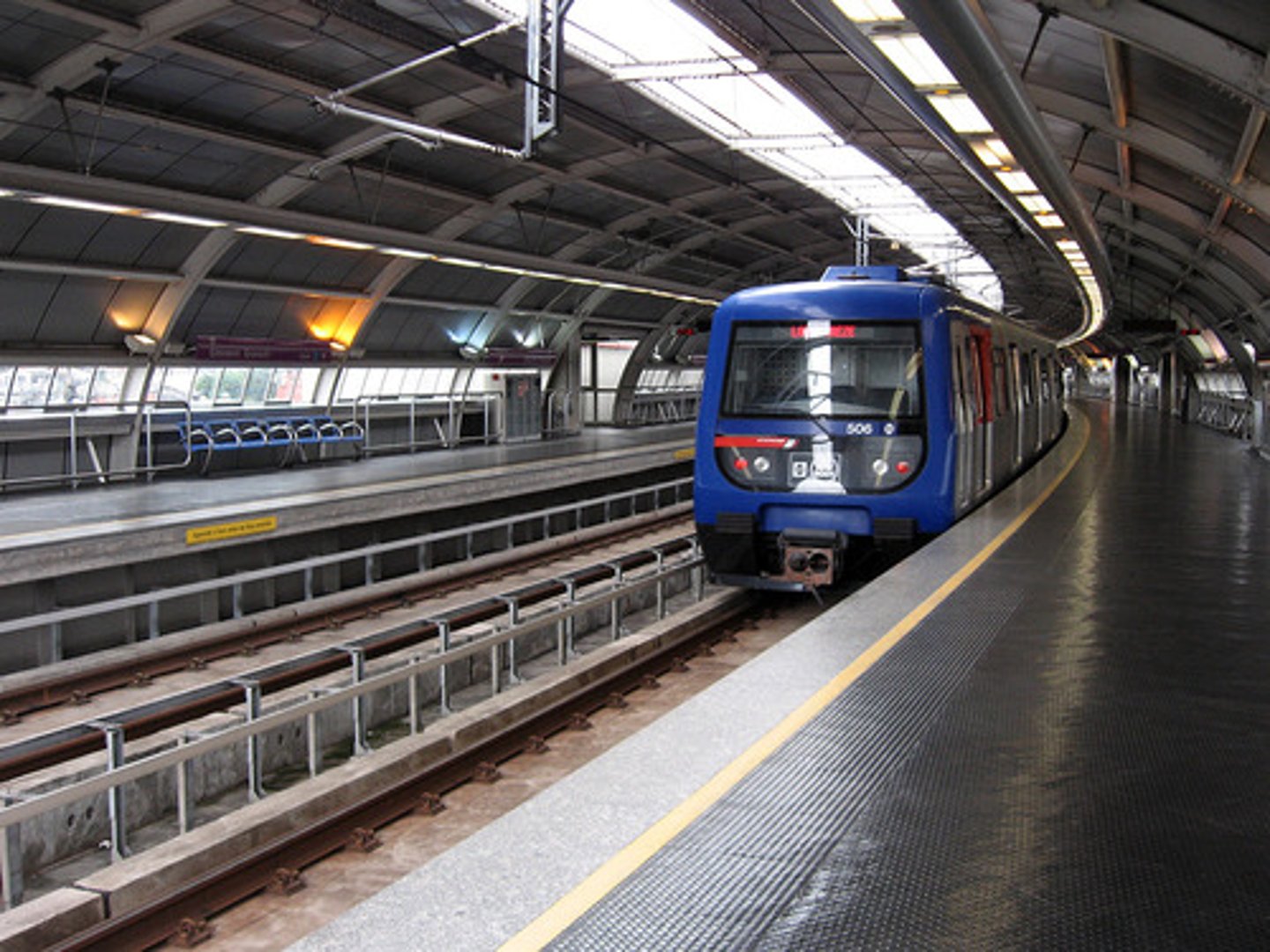
Desertification
The transformation of arable, productive land to desert or unproductive land due to climate change or destructive land use.

Nomadic grazing
The feeding of herds of animals by moving them to seasonally productive feeding grounds, often over long distances.
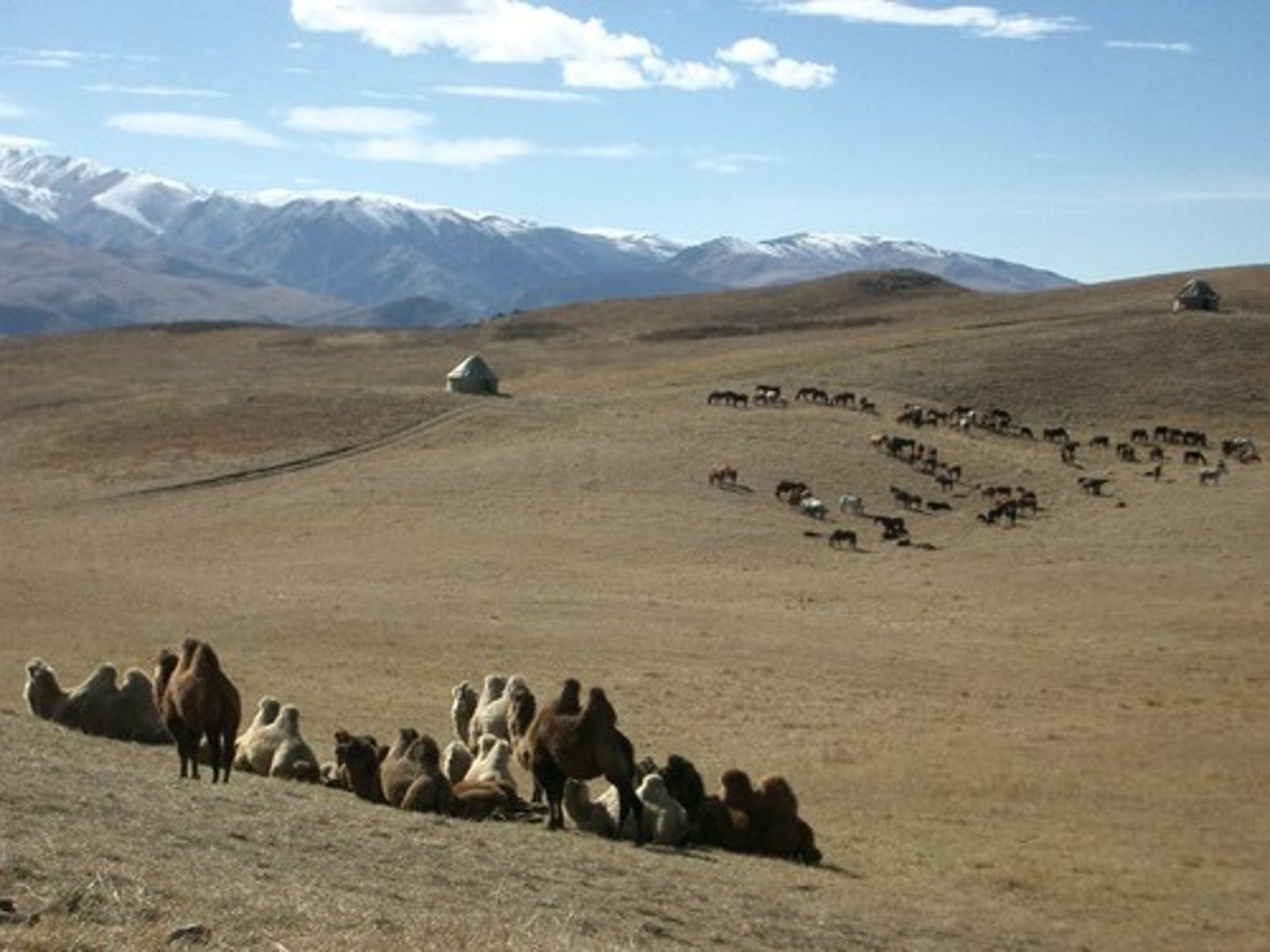
Sustainable agriculture
Agriculture that fulfills the need for food and fiber while enhancing the quality of the soil, minimizing the use of nonrenewable resources, and allowing economic viability for the farmer.

Urban growth boundaries
Place restriction on development outside a designated area

Intercropping
An agricultural method in which two or more crop species are planted in the same field at the same time to promote a synergistic interaction.
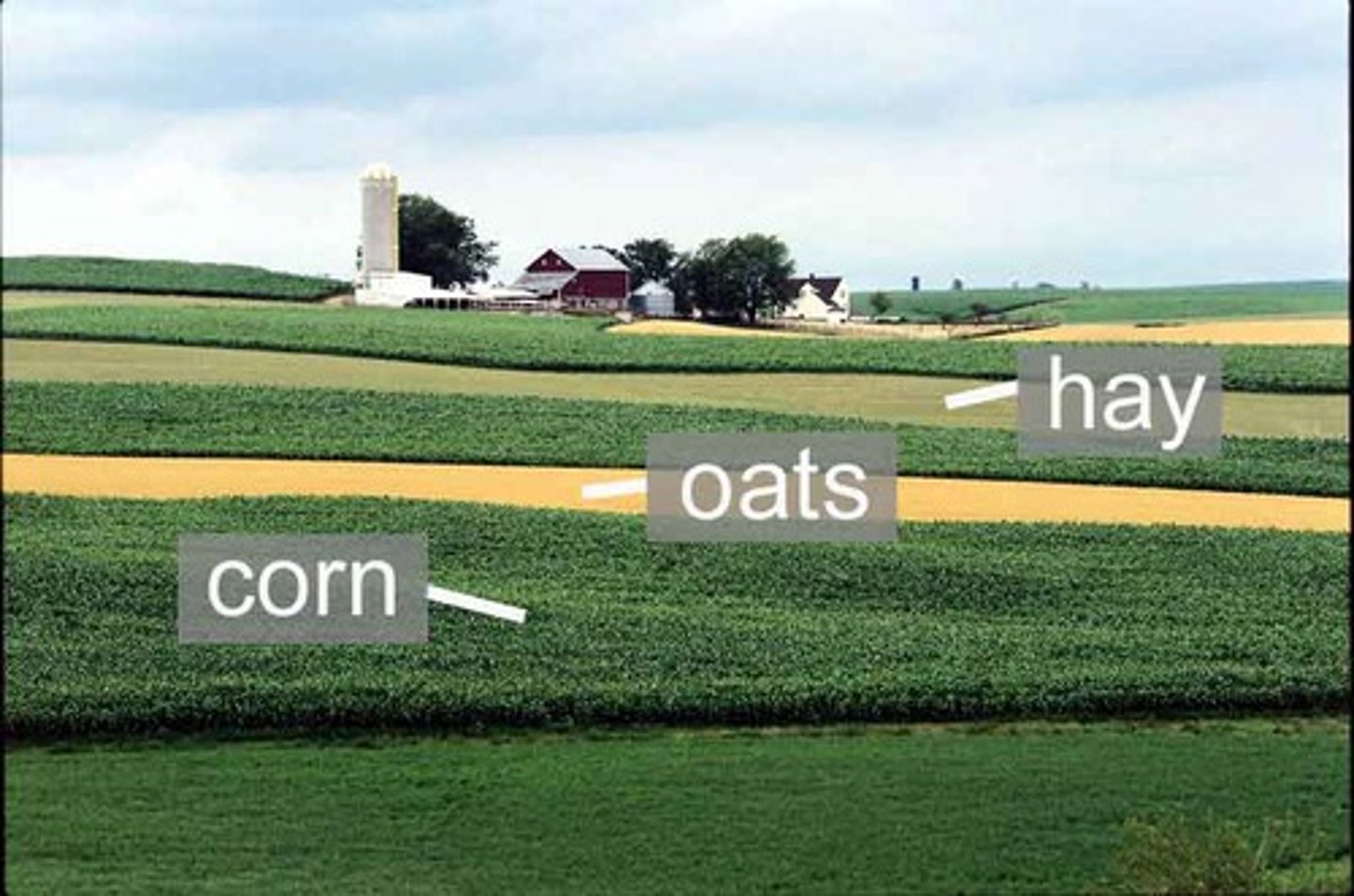
Eminent domain
the right of a government or its agent to expropriate private property for public use, with payment of compensation
Crop rotation
An agricultural technique in which crop species in a field are rotated from season to season.
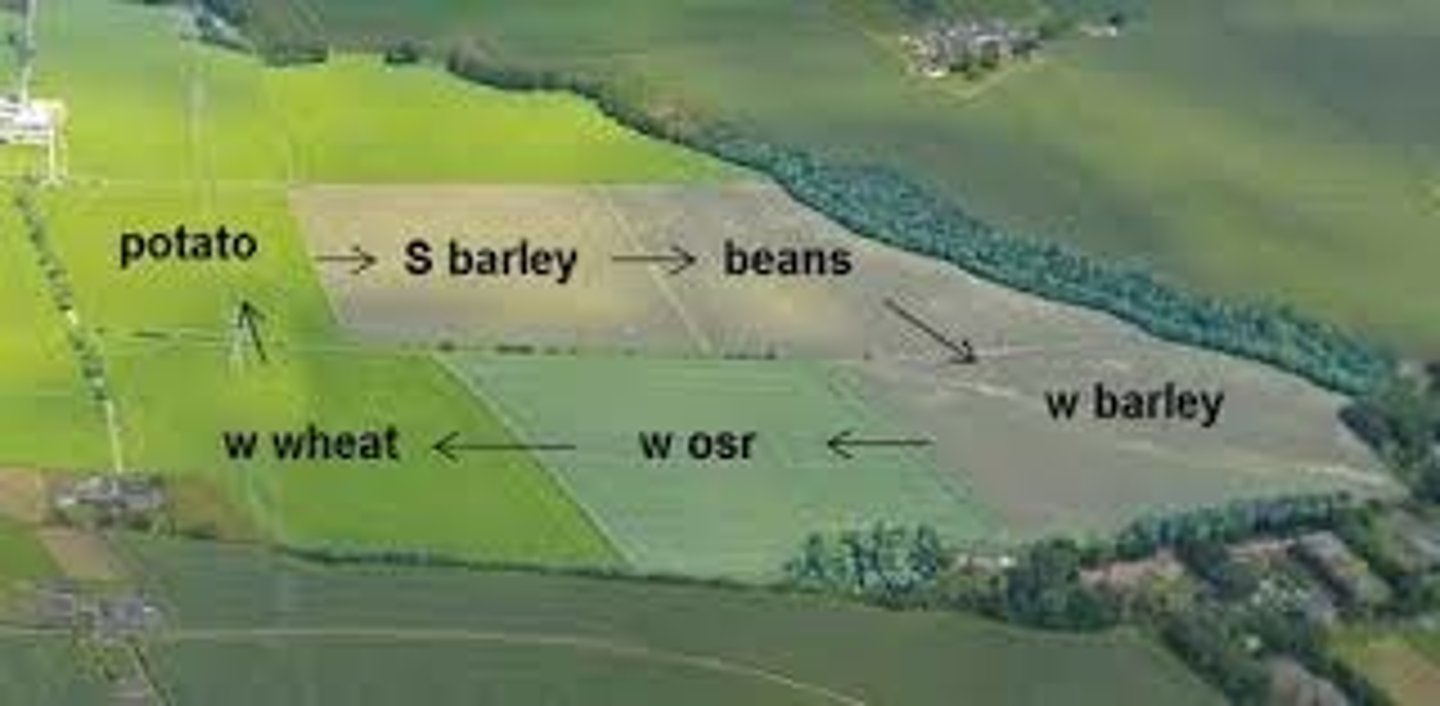
Contour plowing
An agricultural technique in which plowing and harvesting are done parallel to the topographic contours of the land.
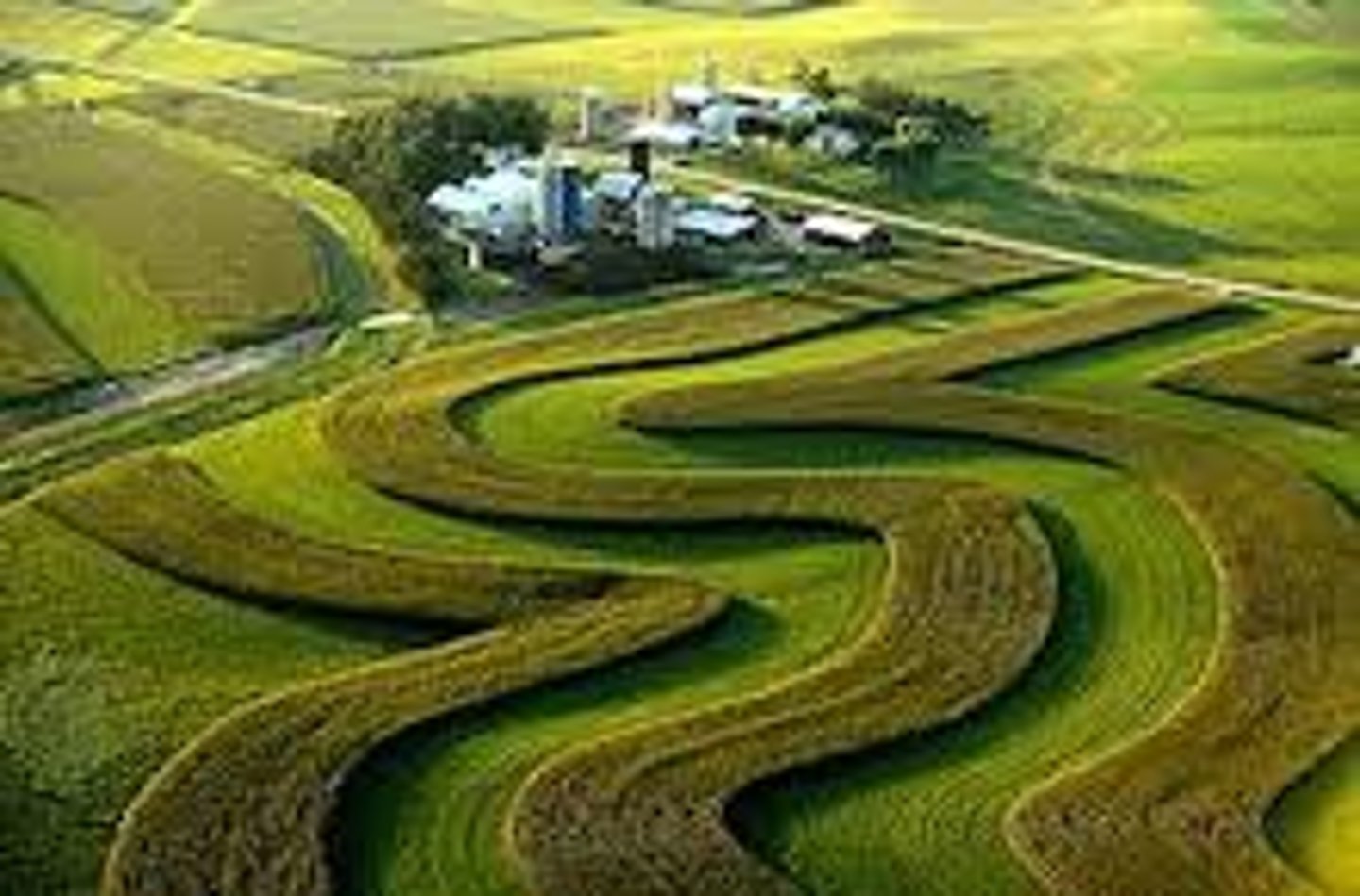
No-till agriculture
An agricultural method in which farmers do not turn the soil between seasons as a means of reducing topsoil erosion.

Integrated pest management (IPM)
An agricultural practice that uses a variety of techniques designed to minimize pesticide inputs.
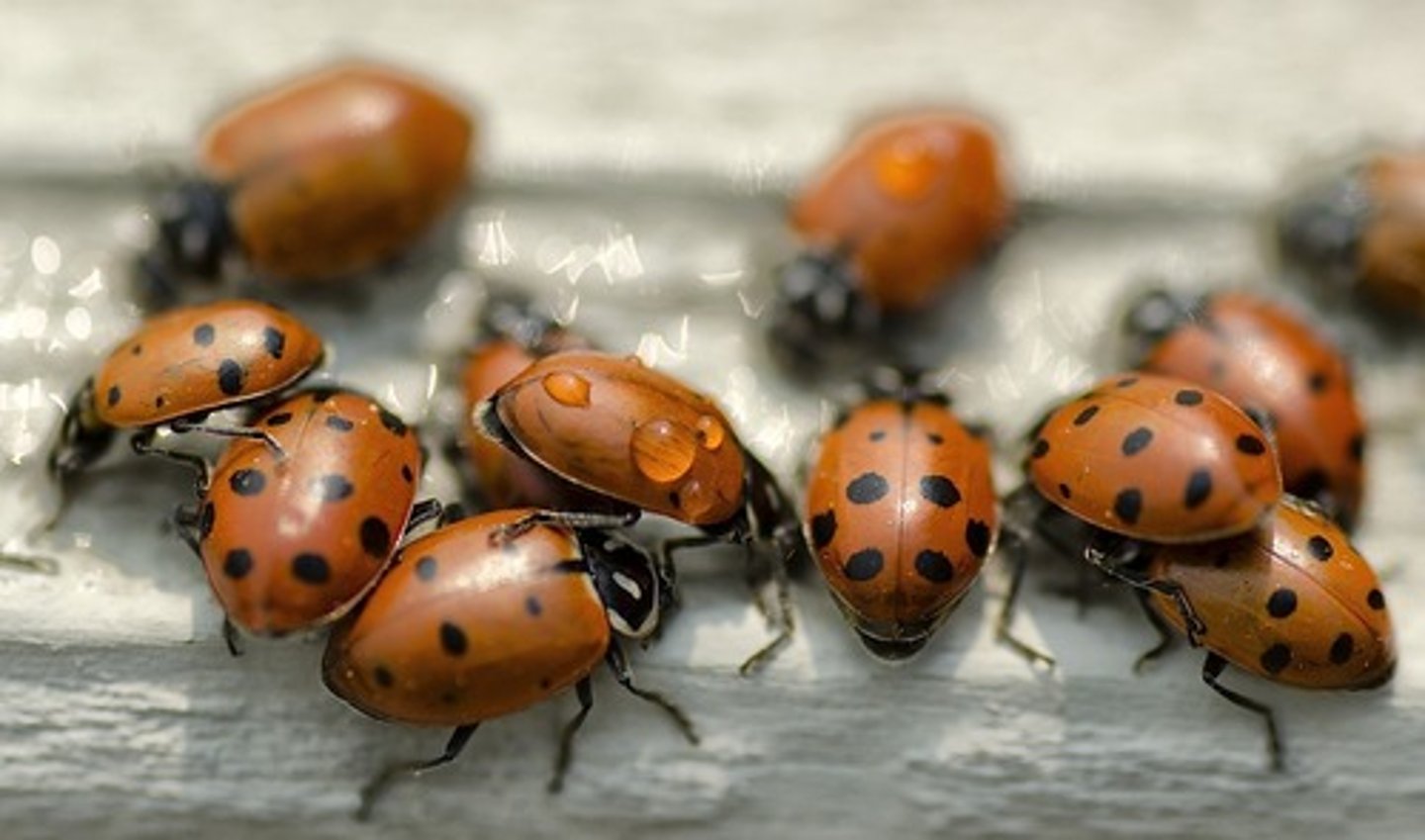
Organic agriculture
Production of crops without the use of synthetic pesticides or fertilizers
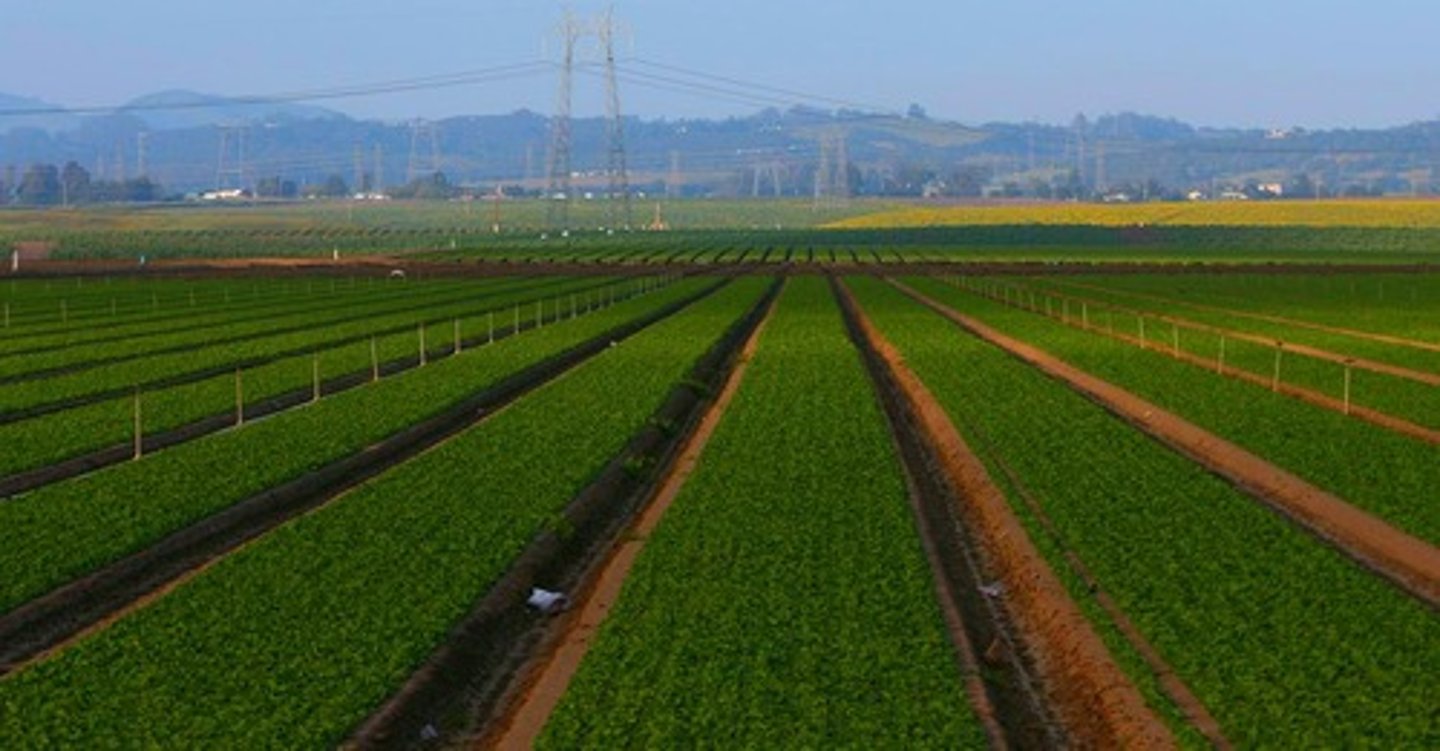
Concentrated animal feeding operations (CAFOs)
An animal feeding operation (AFO)—a farm in which animals are raised in confinement—that has over 1000 "animal units" confined for over 45 days a year.
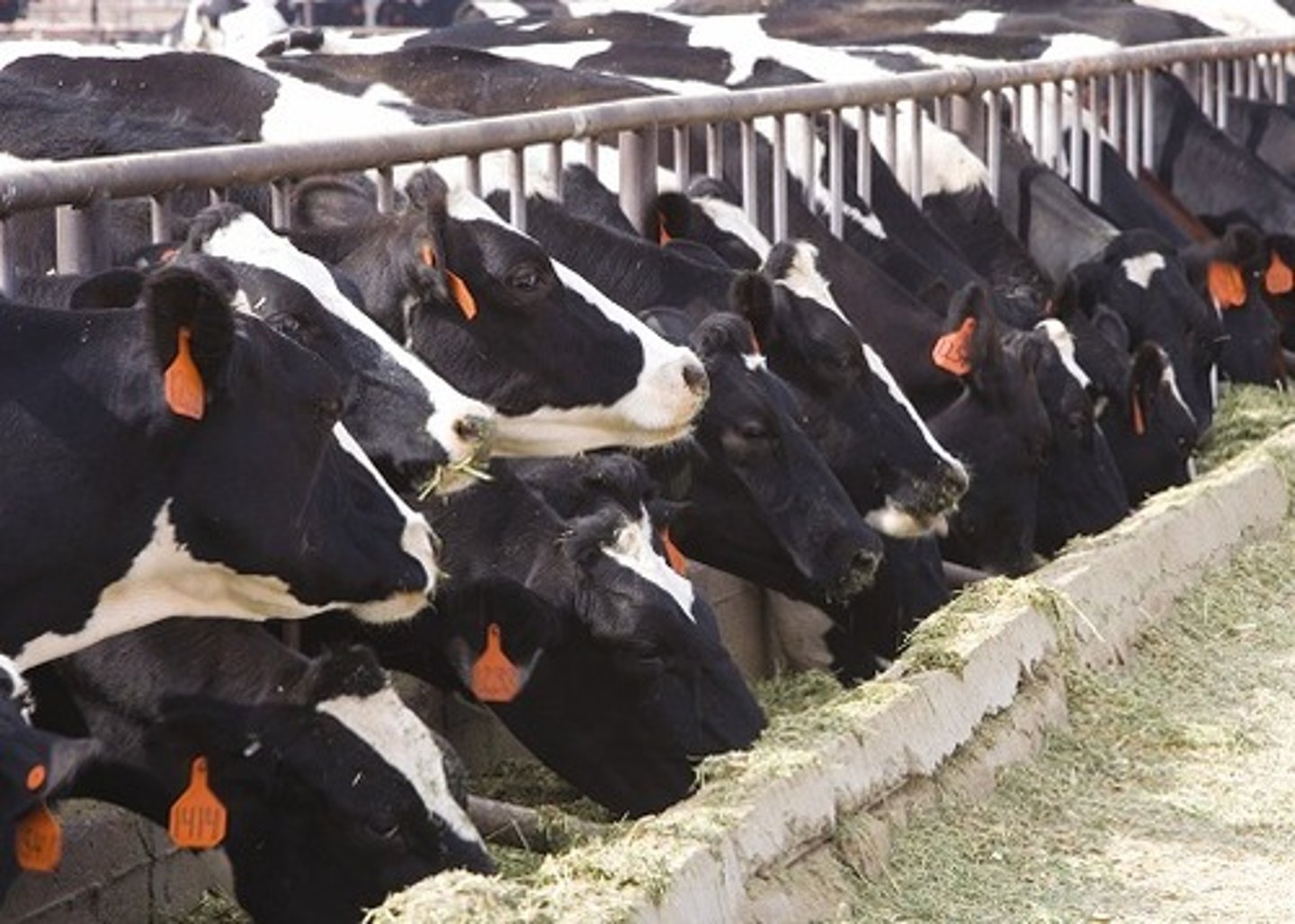
Fishery
A commercially harvestable population of fish within a particular ecological region.

Fishery collapse
The decline of a fish population by 90% or more.

Bycatch
The unintentional catch of nontarget species while fishing.

Aquaculture
Farming aquatic organisms such as fish, shellfish and seaweeds.

fungicide
A pesticide that targets species of fungus that can damage crops.
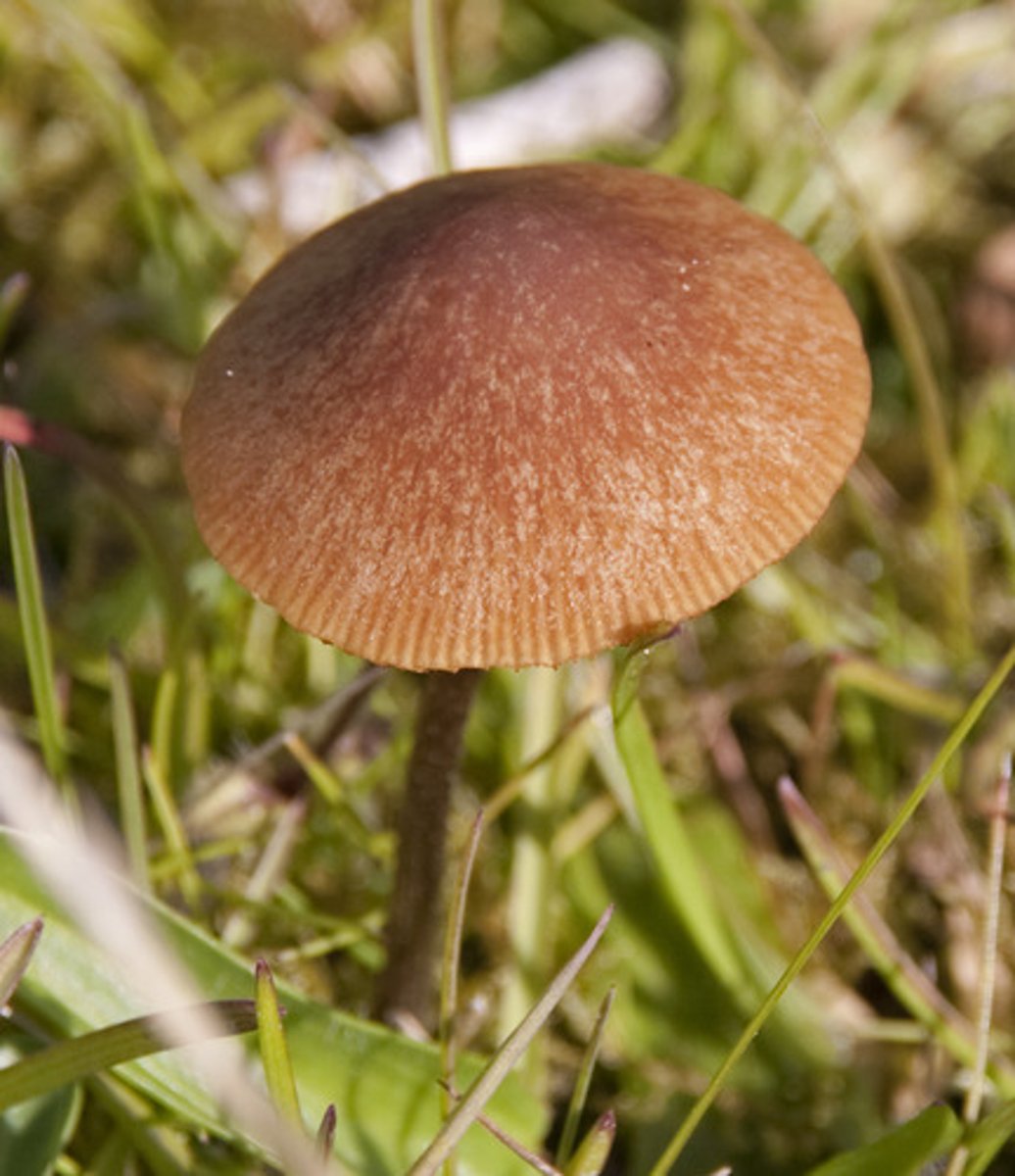
carbon sequestration
The process through which agricultural and forestry practices remove carbon dioxide (CO2) from the atmosphere.

Community Supported Agriculture
A group of individuals who pledge support to a farm operation so that the farmland becomes, either legally or spiritually, the community's farm, with the growers and consumers providing mutual support and sharing the risks and benefits of food production.
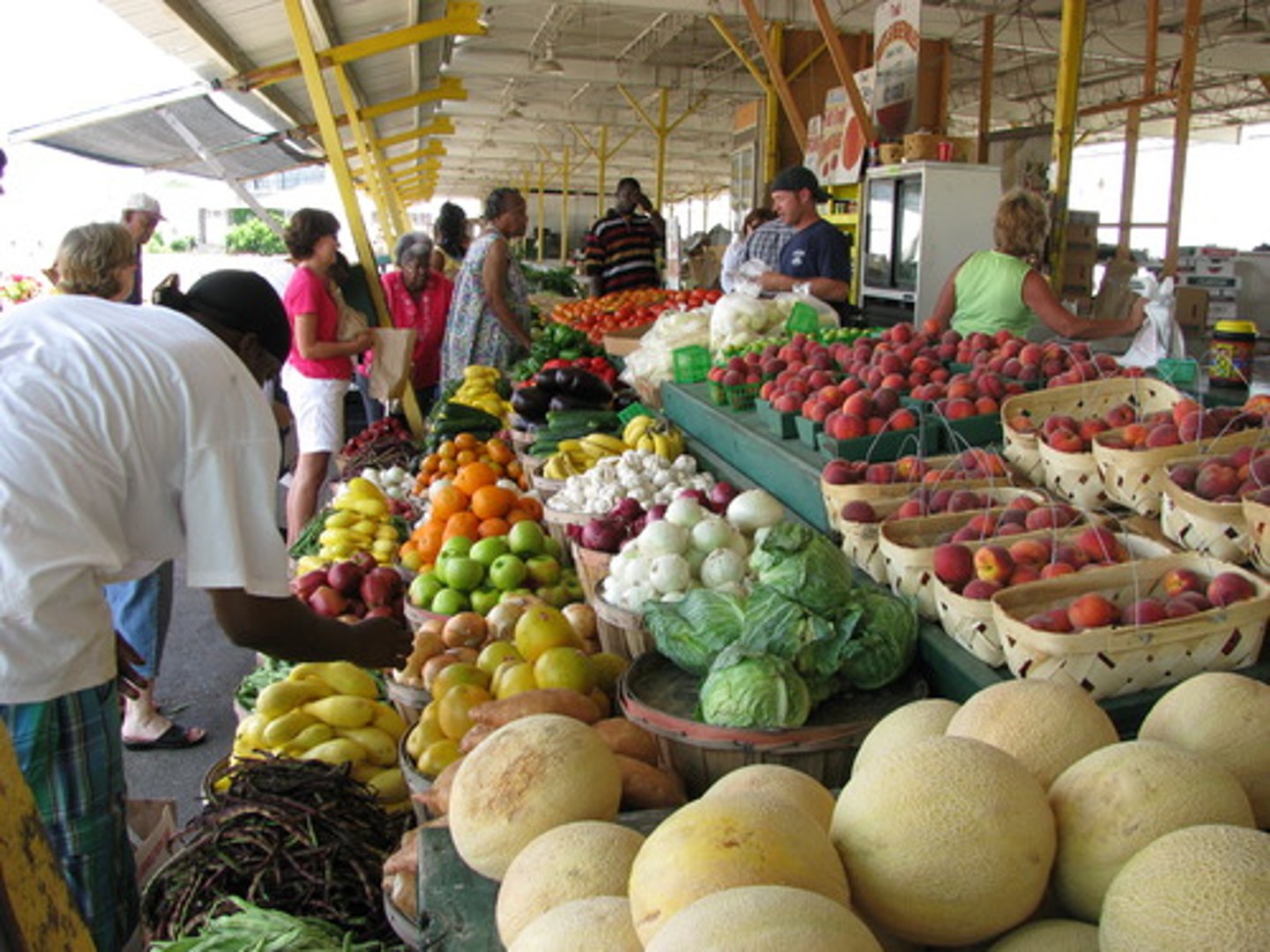
Conservation Tillage
A broad range of soil tillage systems that leave a residual cover on the soil surface, substantially reducing the effects of soil erosion from wind and water. These practices minimize nutrient loss, decreased water storage capacity, crop damage, and decreased farmability.
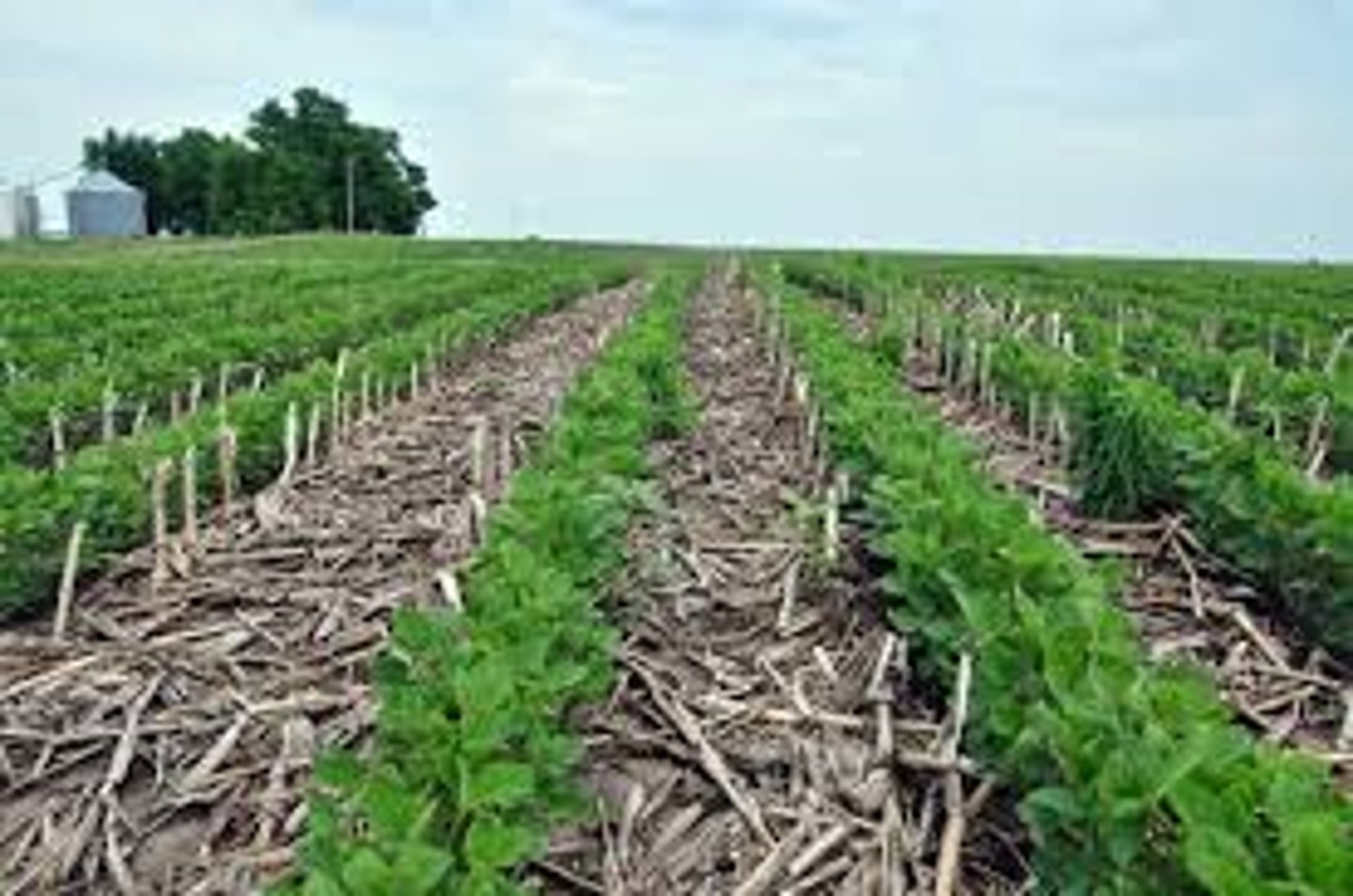
Local/Community Food System
A collaborative effort to integrate agricultural production with food distribution to enhance the economic, environmental, and social well-being of a particular place
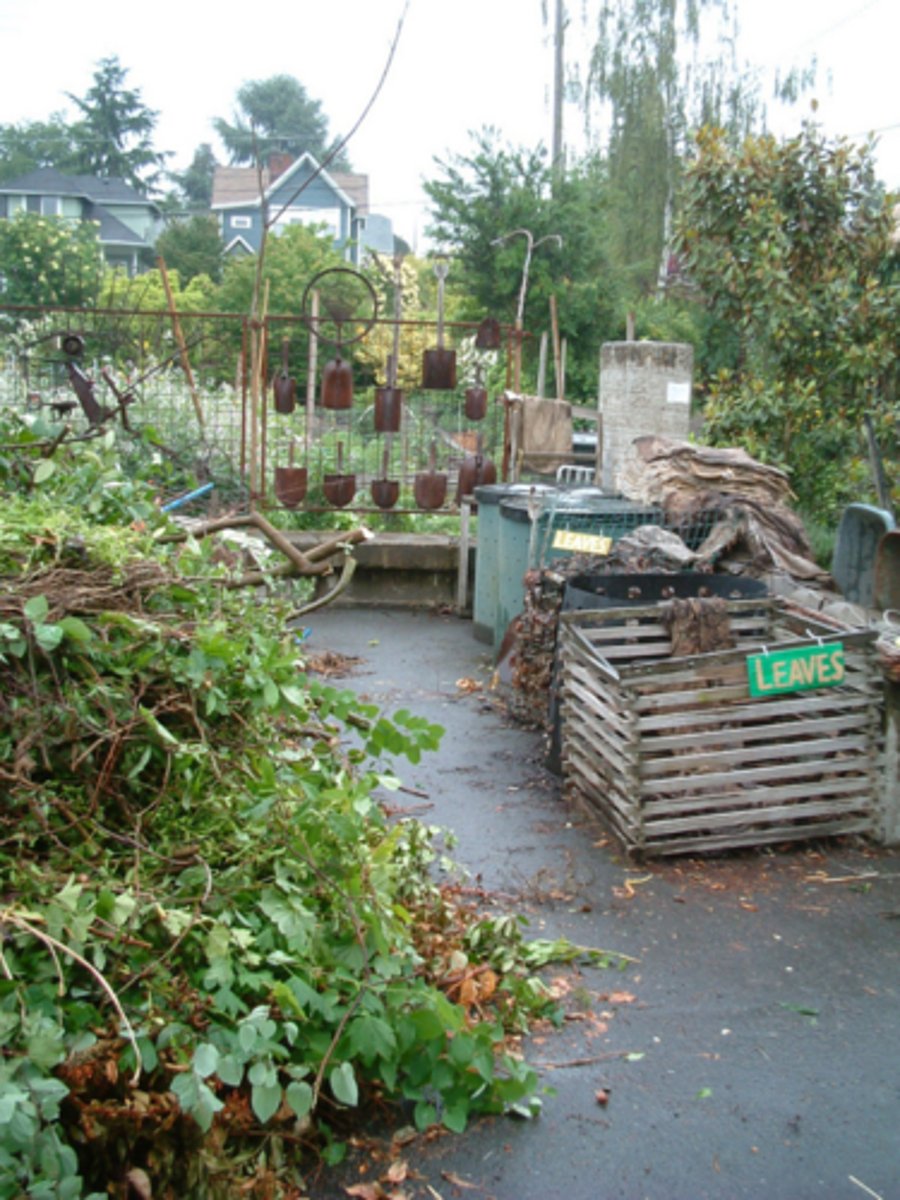
Urban agriculture
The practice of cultivating, processing, and distributing food in or around a village, town, or city.

Permaculture
A system of agricultural and social design principles centered around simulating or directly utilizing the patterns and features observed in natural ecosystems.
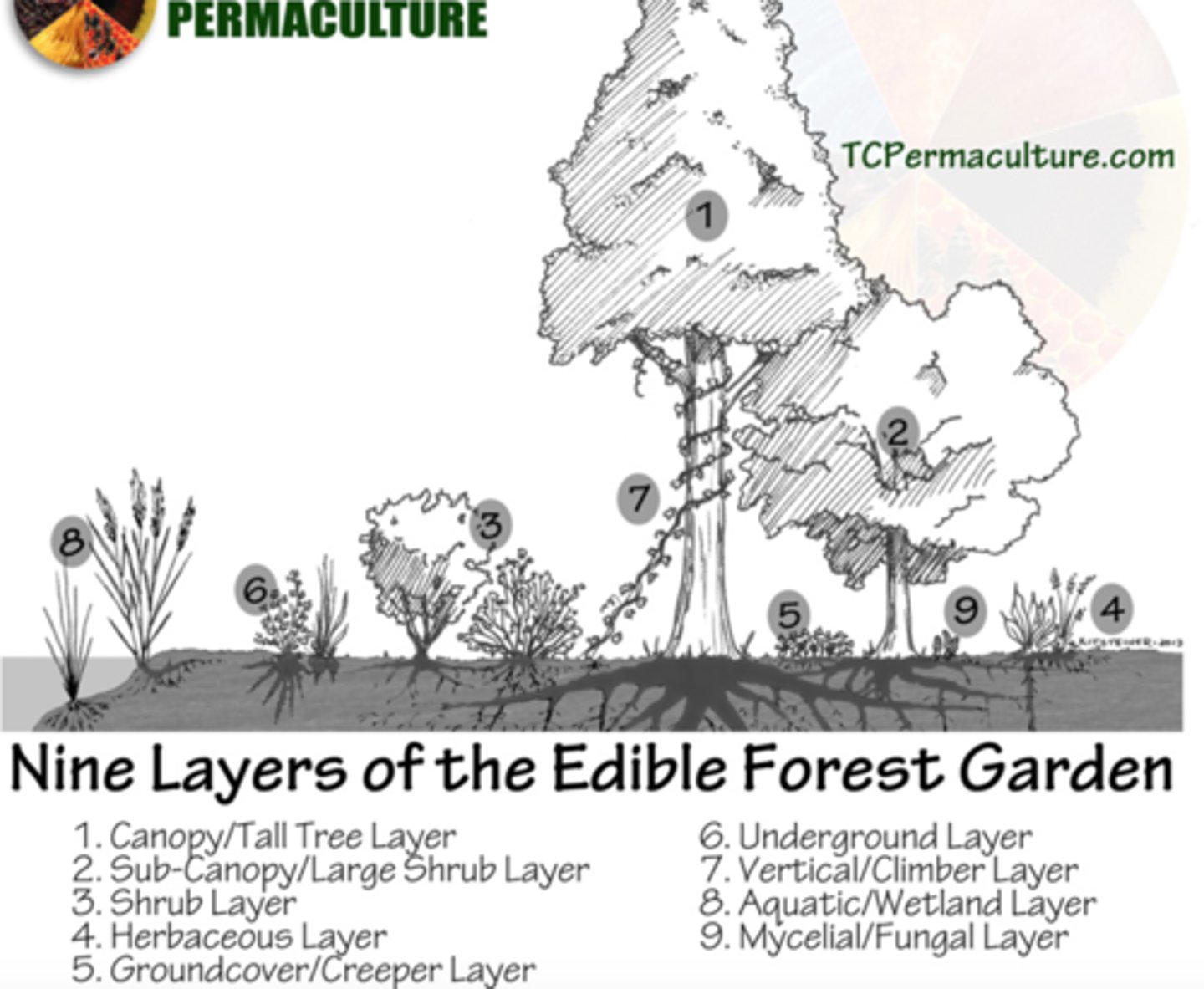
flood irrigation
water is poured through canals and waterways so that it flows through fields (low efficiency 70-80)
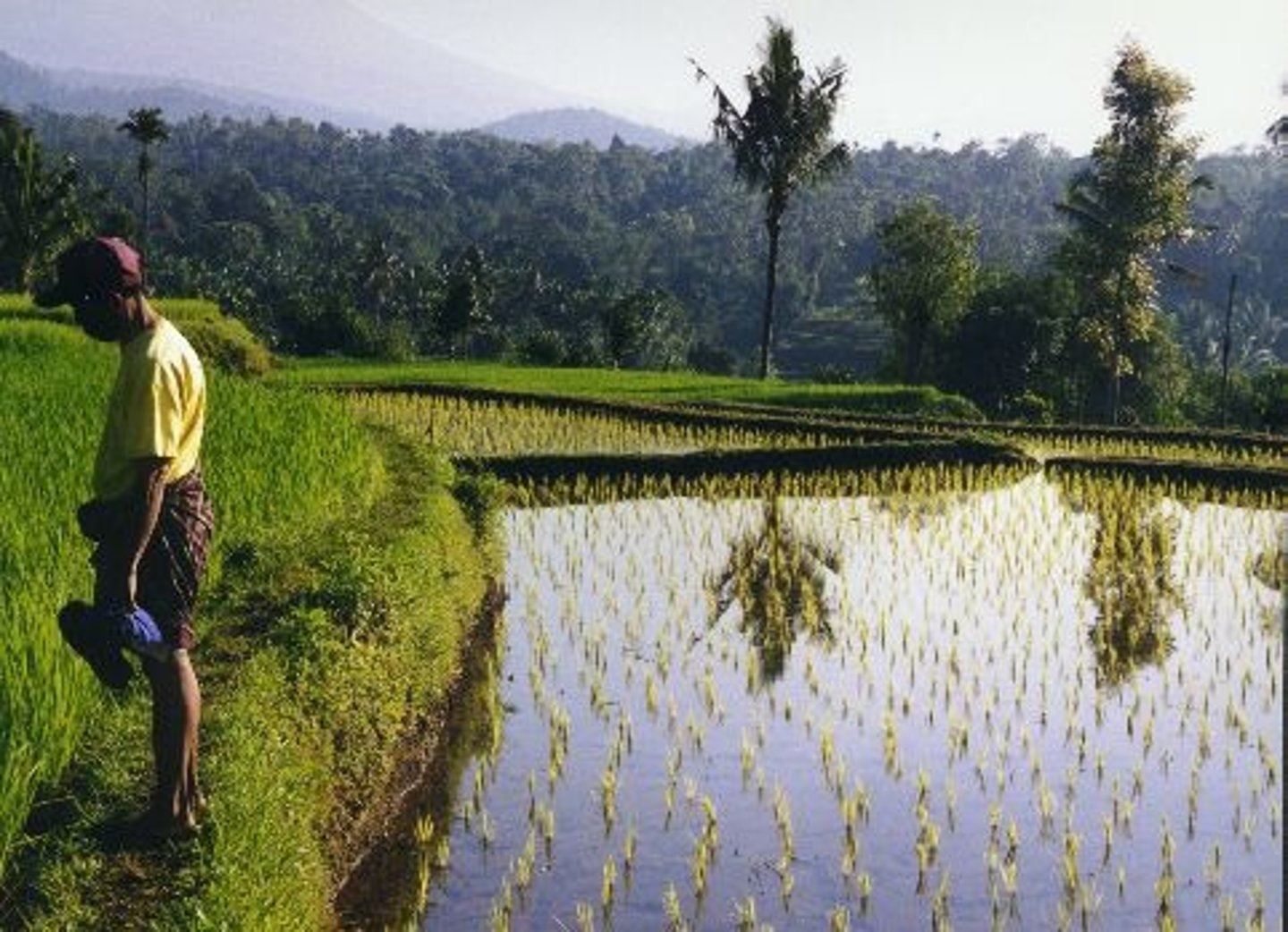
furrow irrigation
a trench that is flooded with water (very low efficiency 65%)

spray irrigation
expensive and energy-consuming; 75-95% efficient; water is pumped from a well into an apparatus that contains a series of spray nozzles that spray water across the field
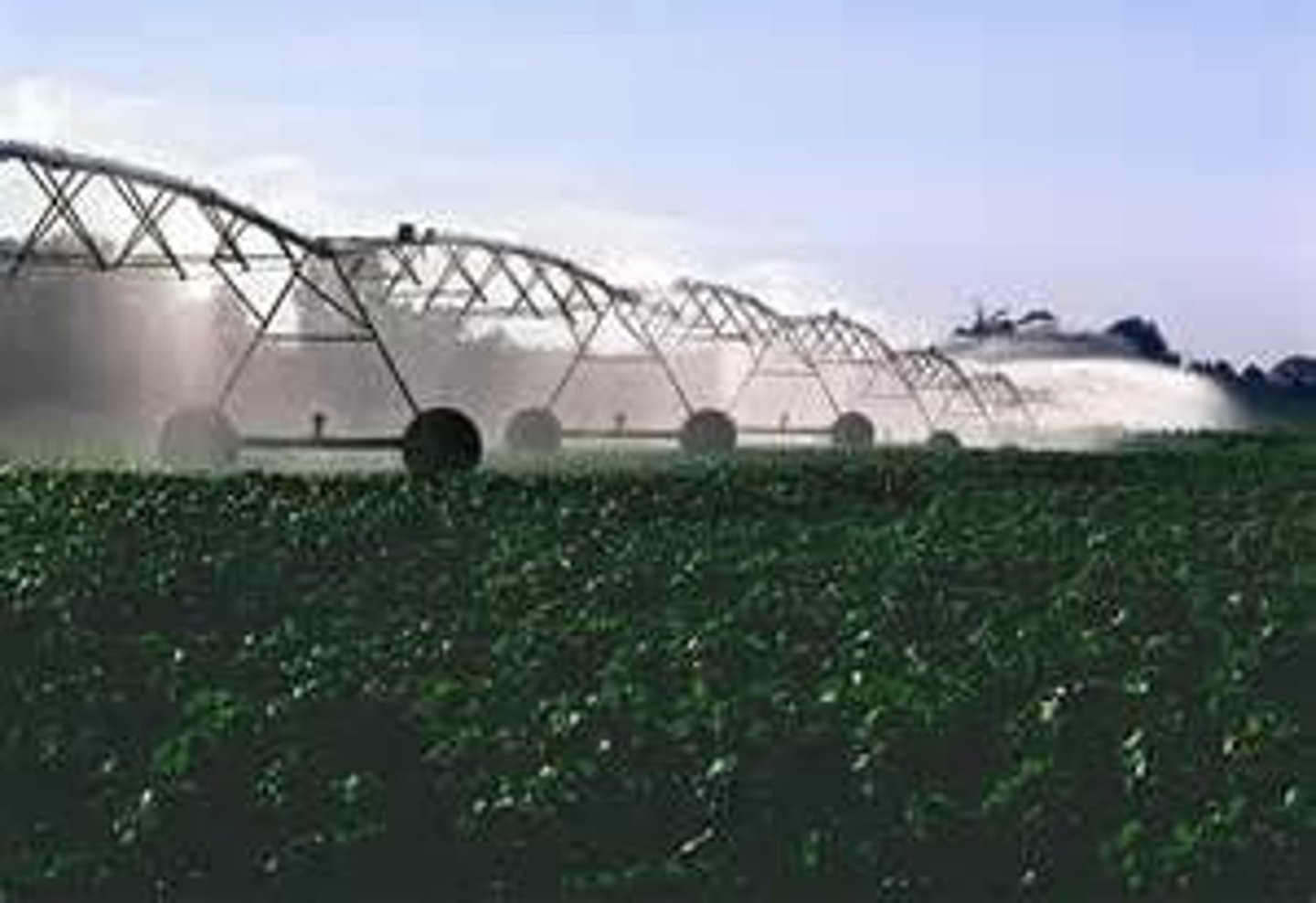
drip irrigation
the practice of using small pipes that slowly drip water just above ground to conserve water to use for crops (highly efficient 75-95%)

water table
The upper level of the saturated zone of groundwater
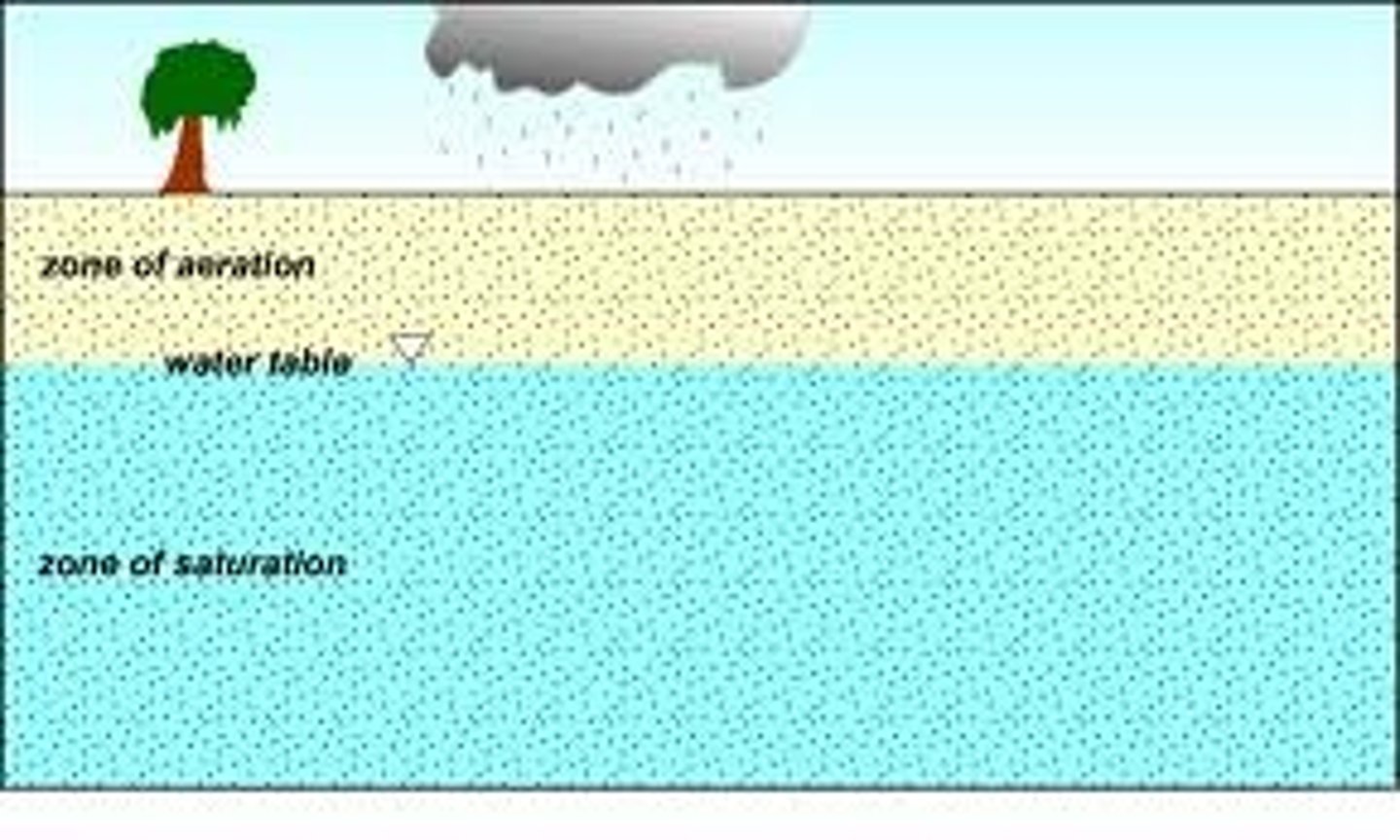
ground water recharge
A process by which water percolates through the soil and works its way into an aquifer.
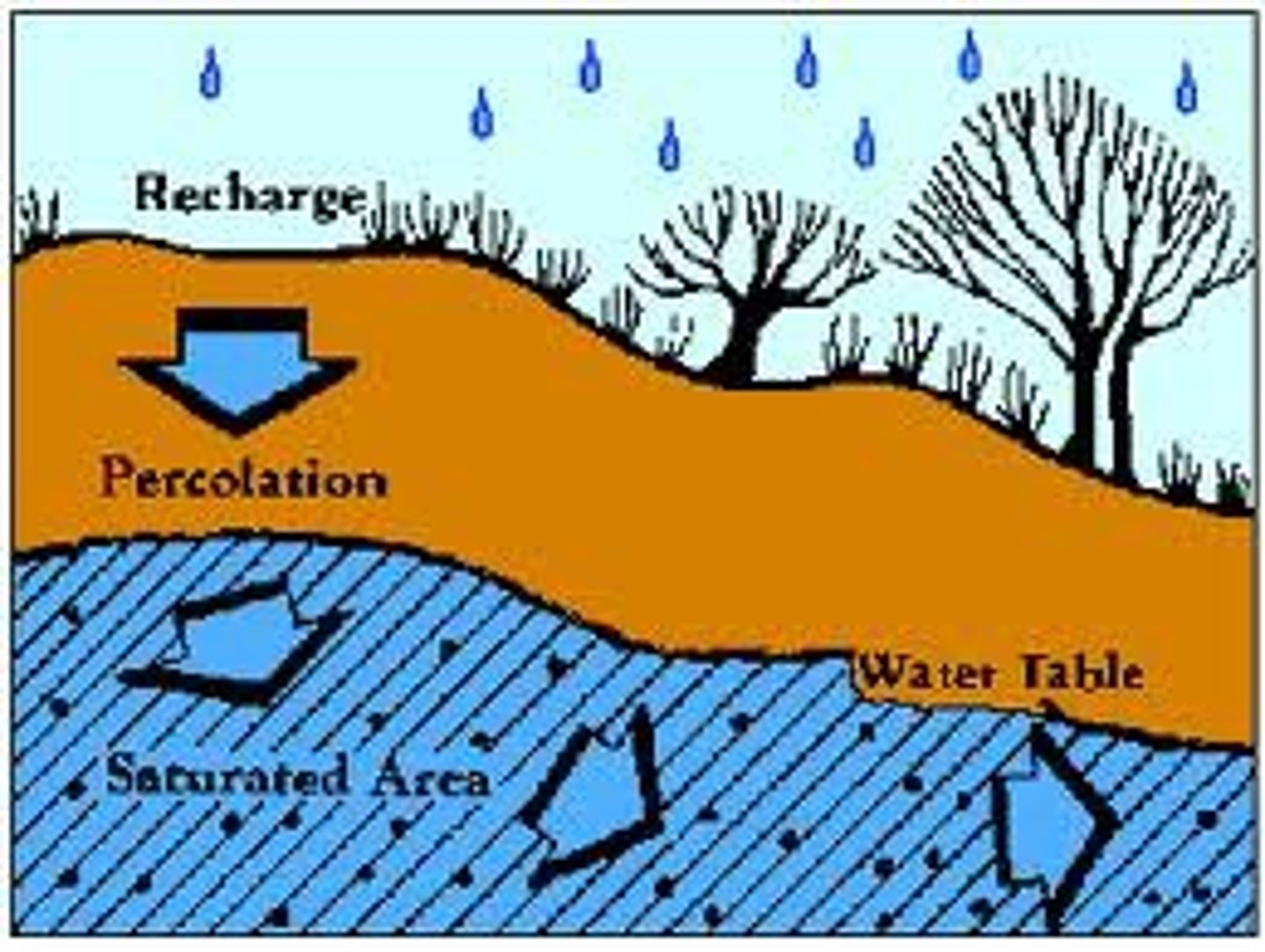
saltwater intrusion
an infiltration of salt water in an area where groundwater pressure has been reduced from extensive drilling of wells
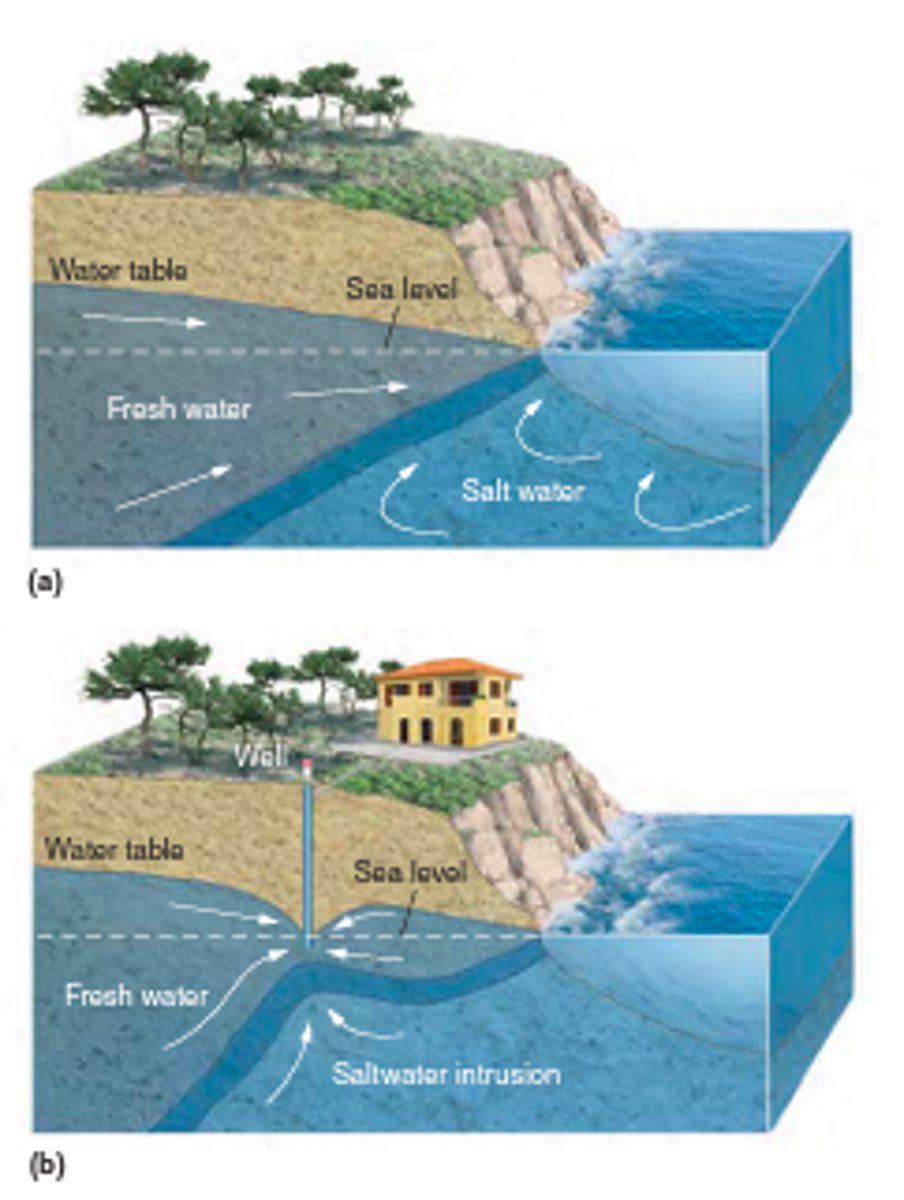
Floodplain
The land adjacent to a river

impermeable surfaces
pavement or buildings that do not allow water penetration
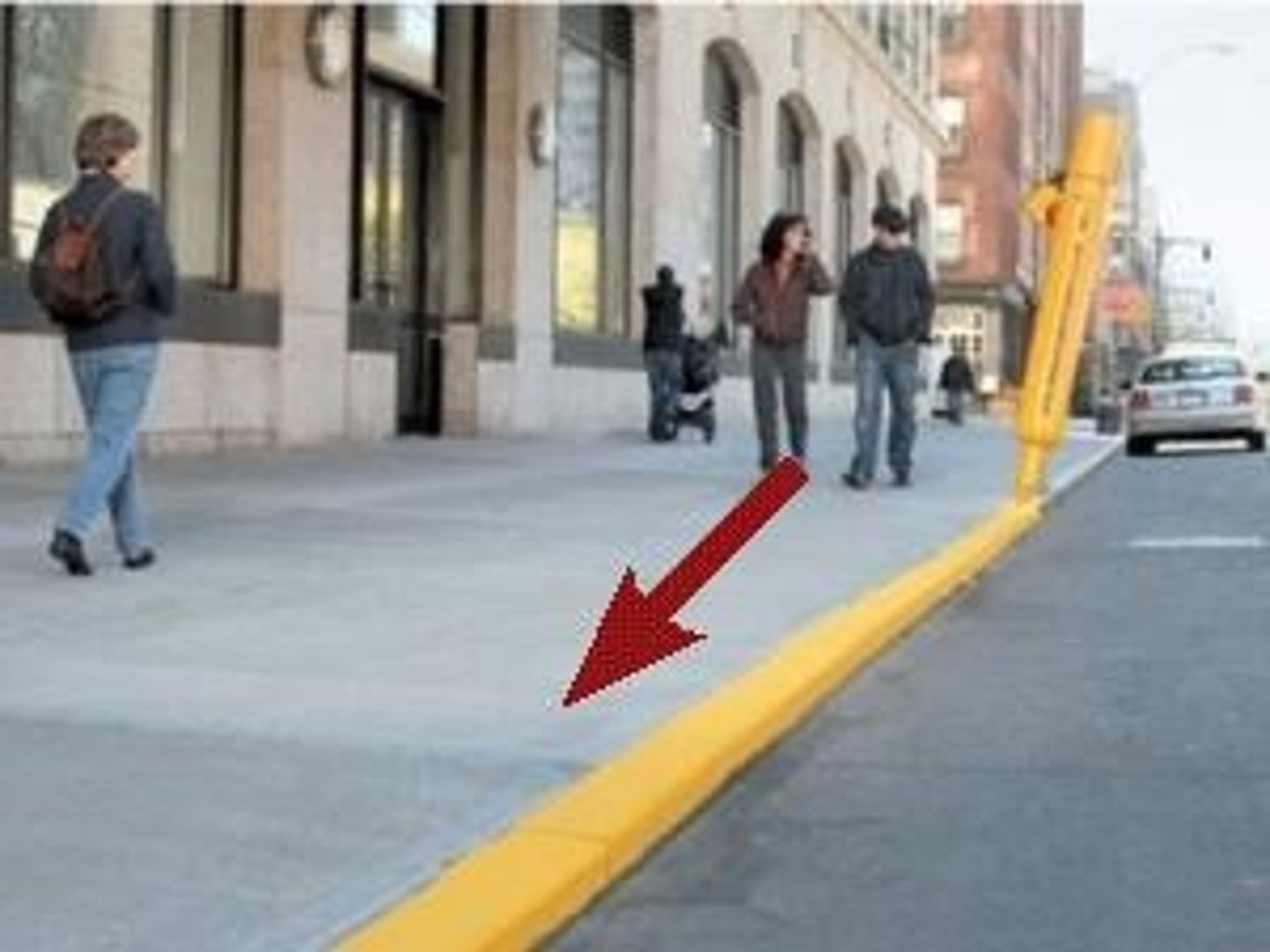
Permeable Surfaces (pervious surfaces)
surfaces that allow runoff to infiltrate into the ground.
